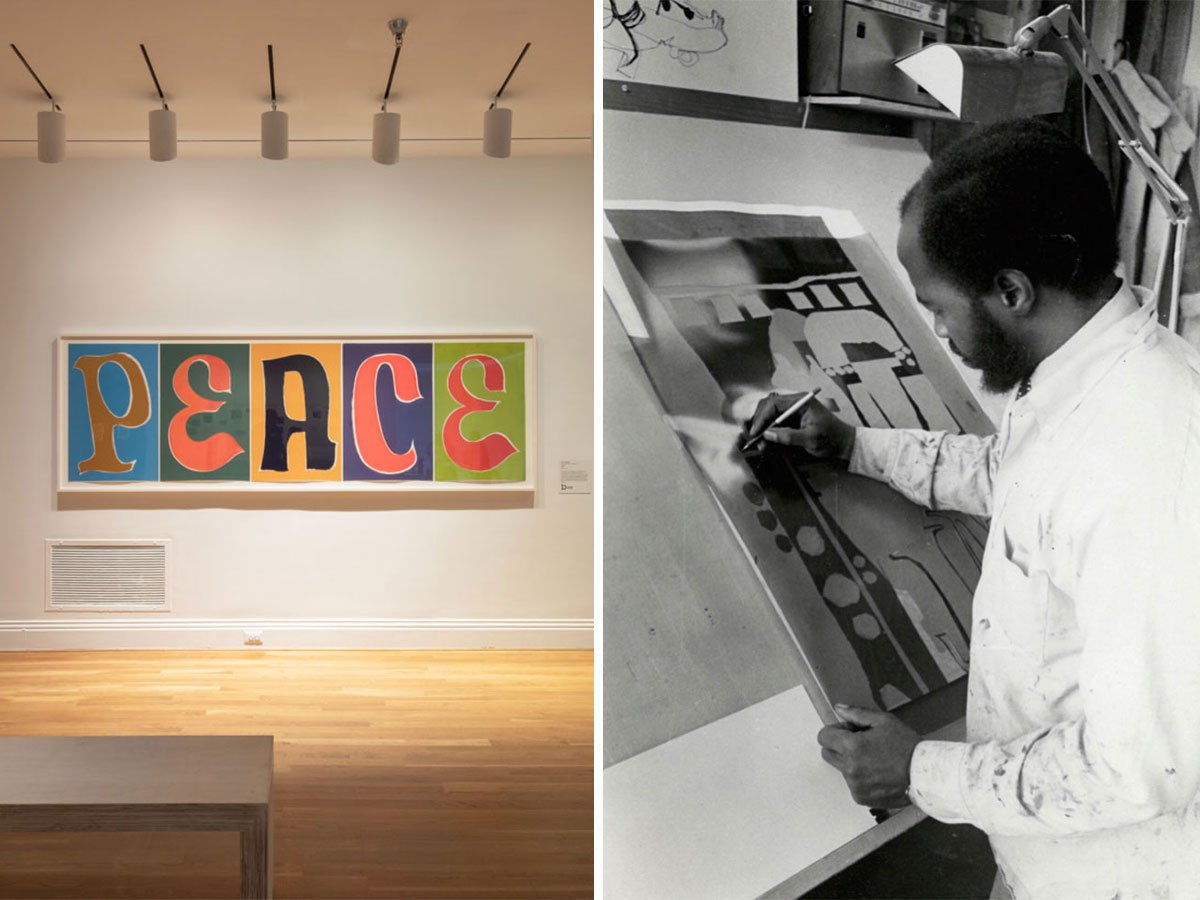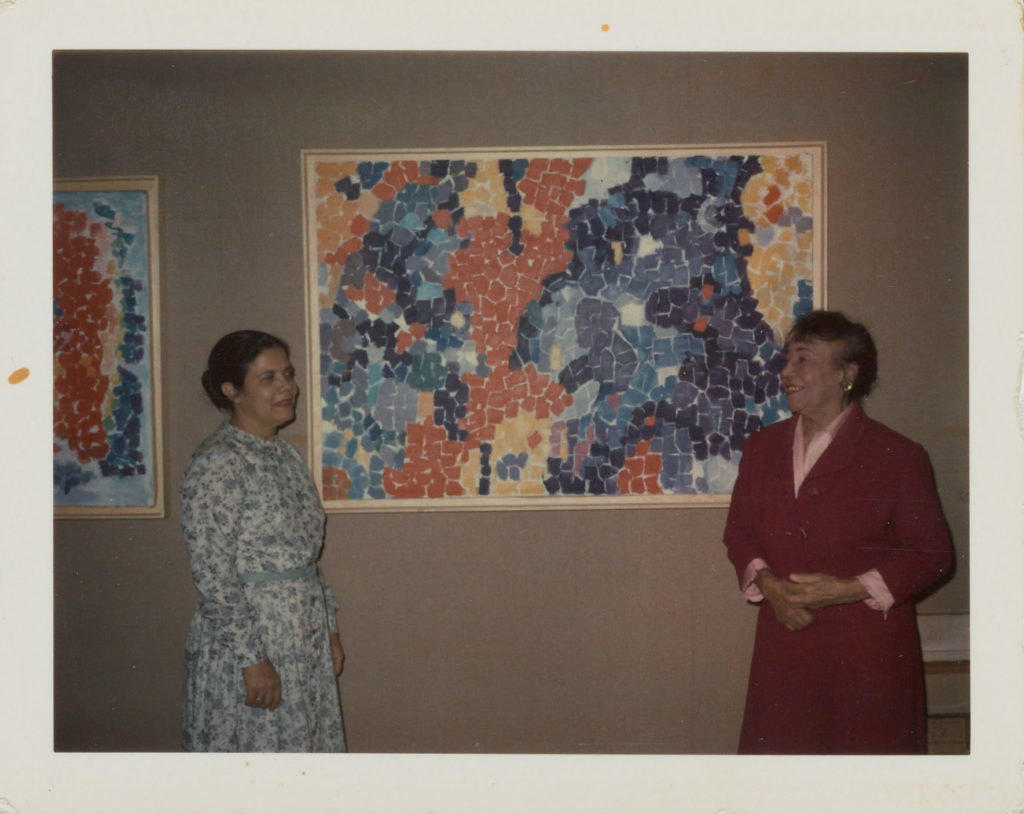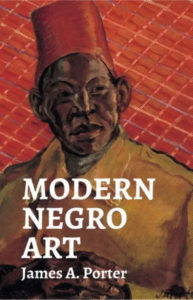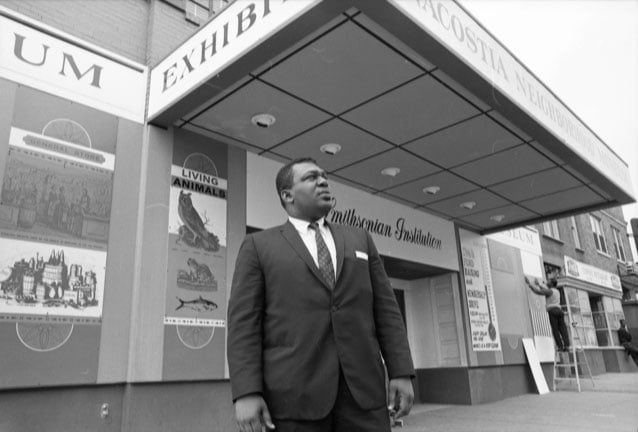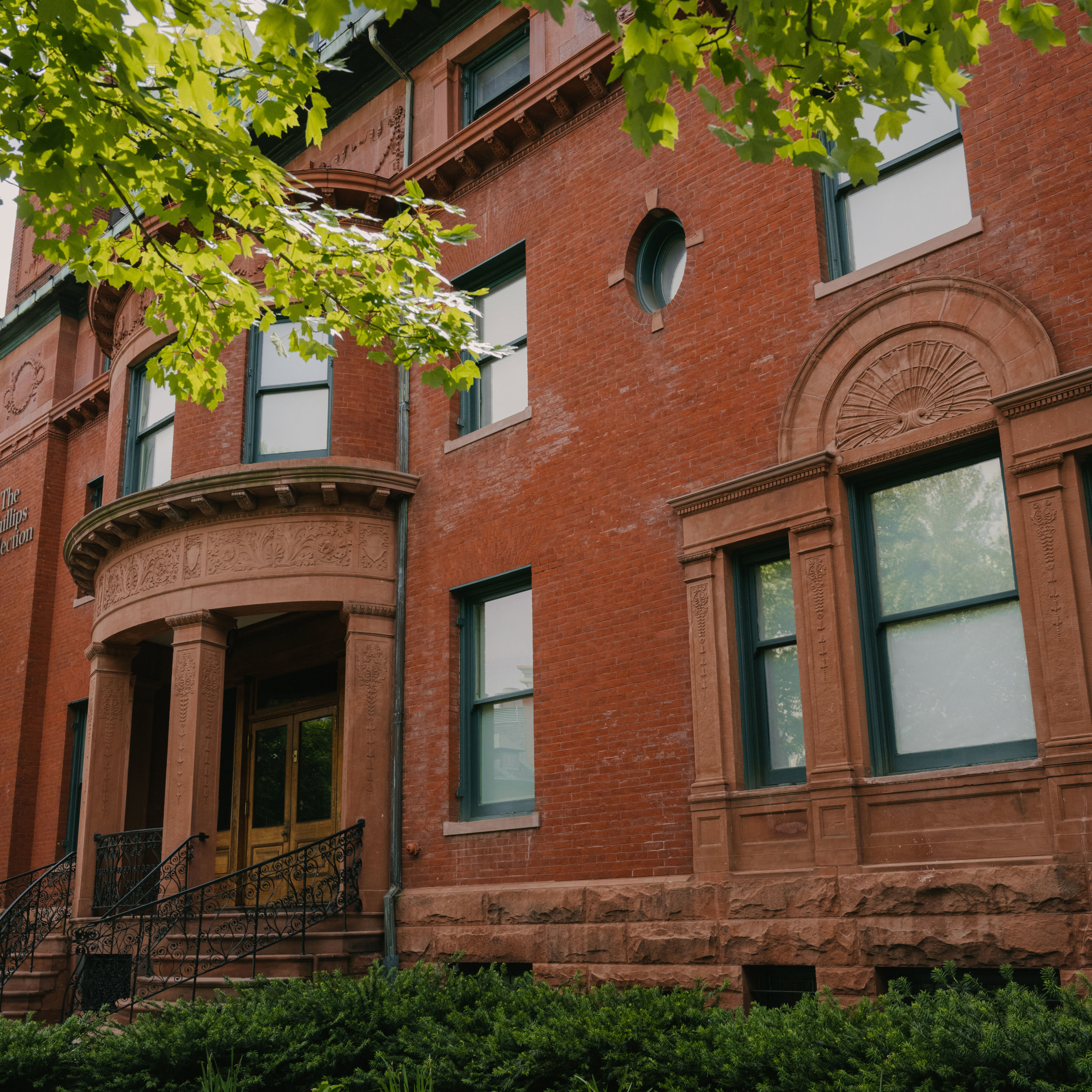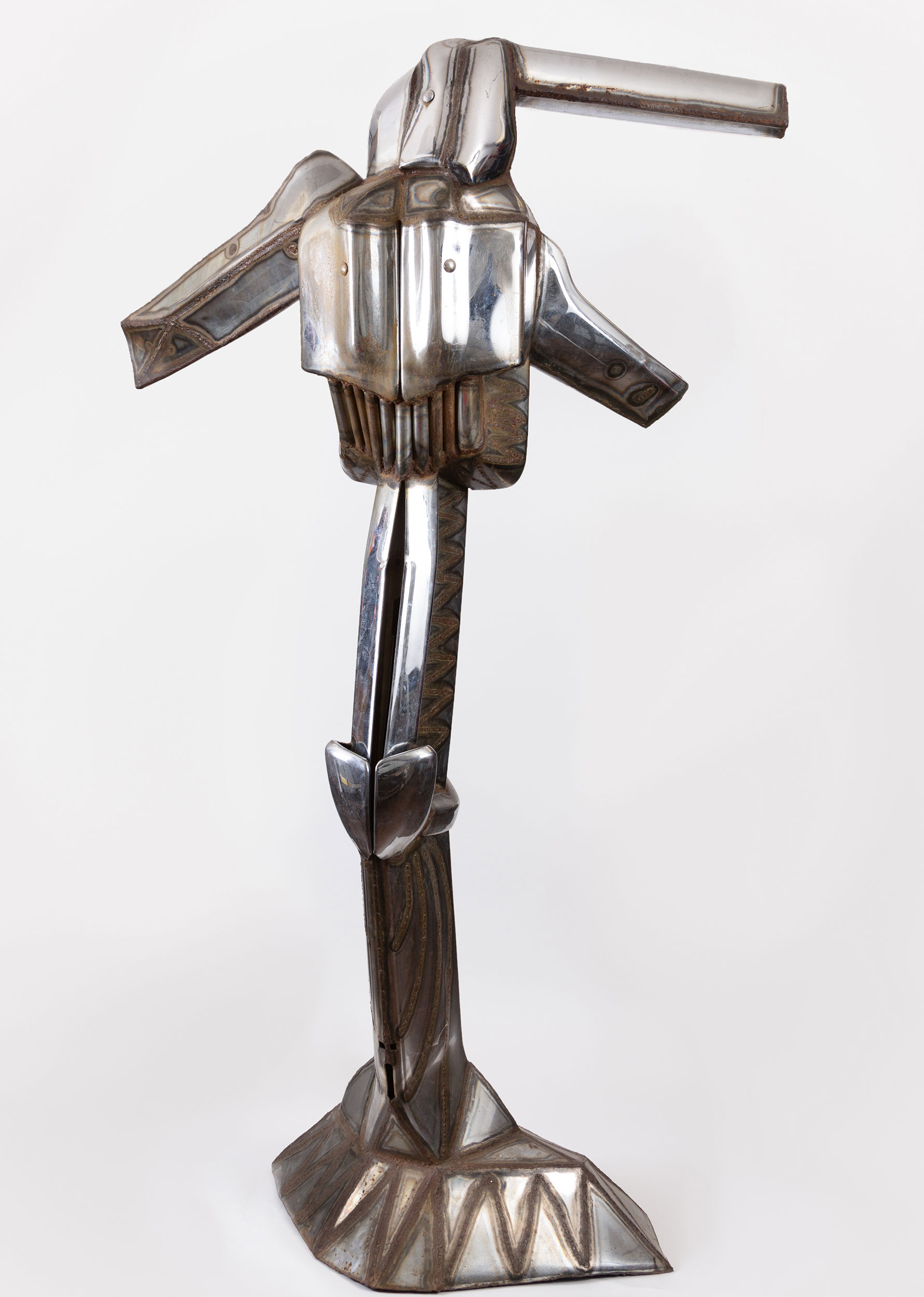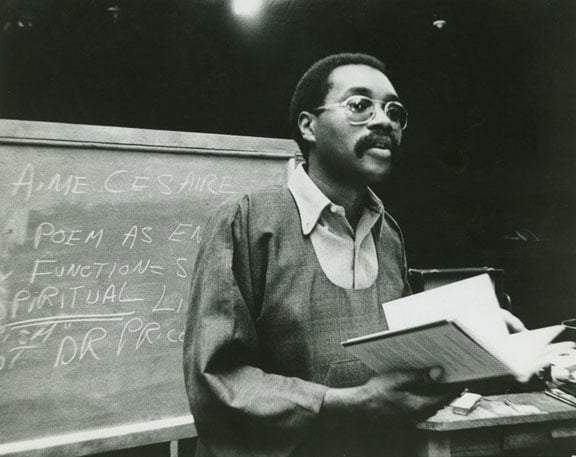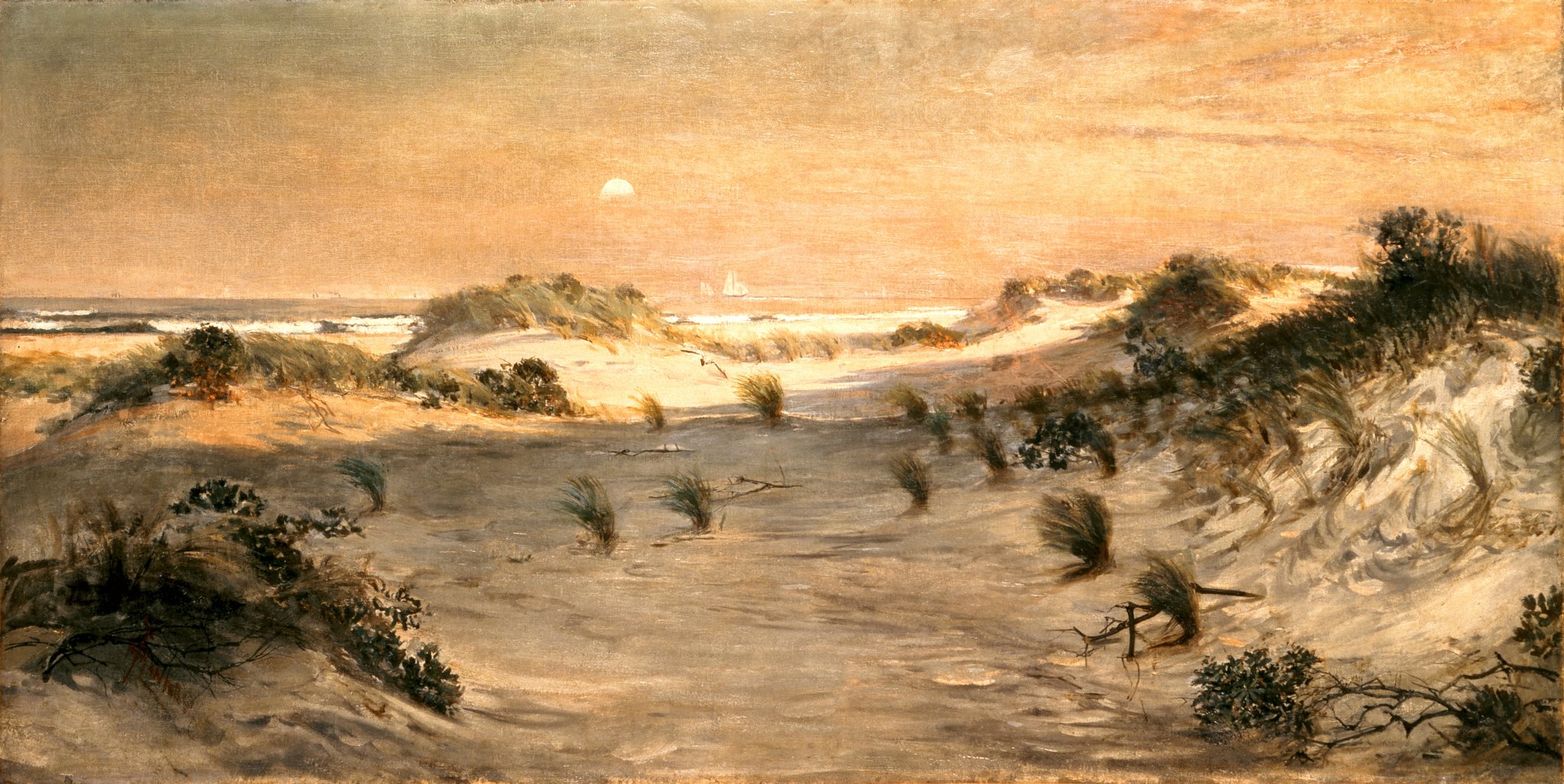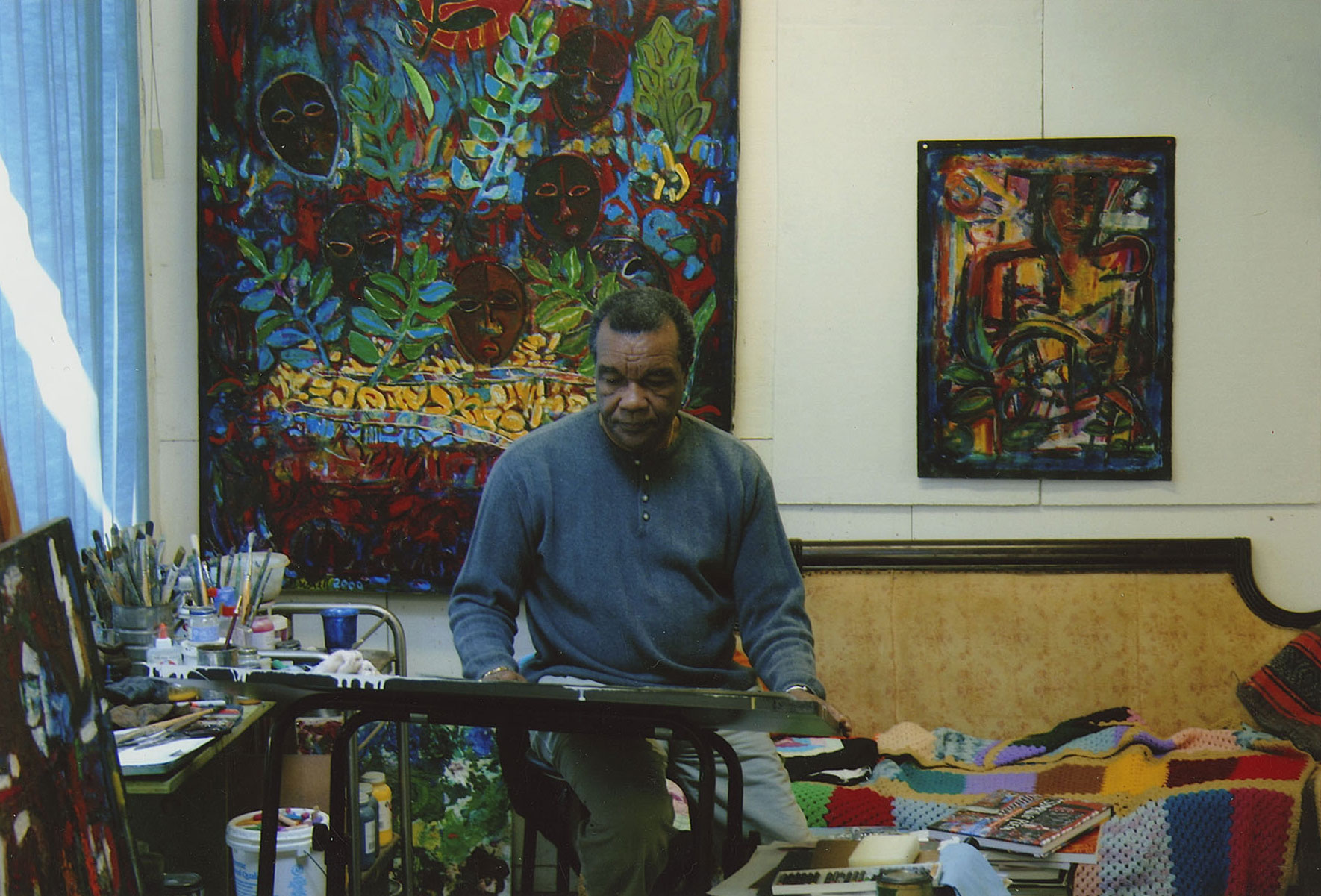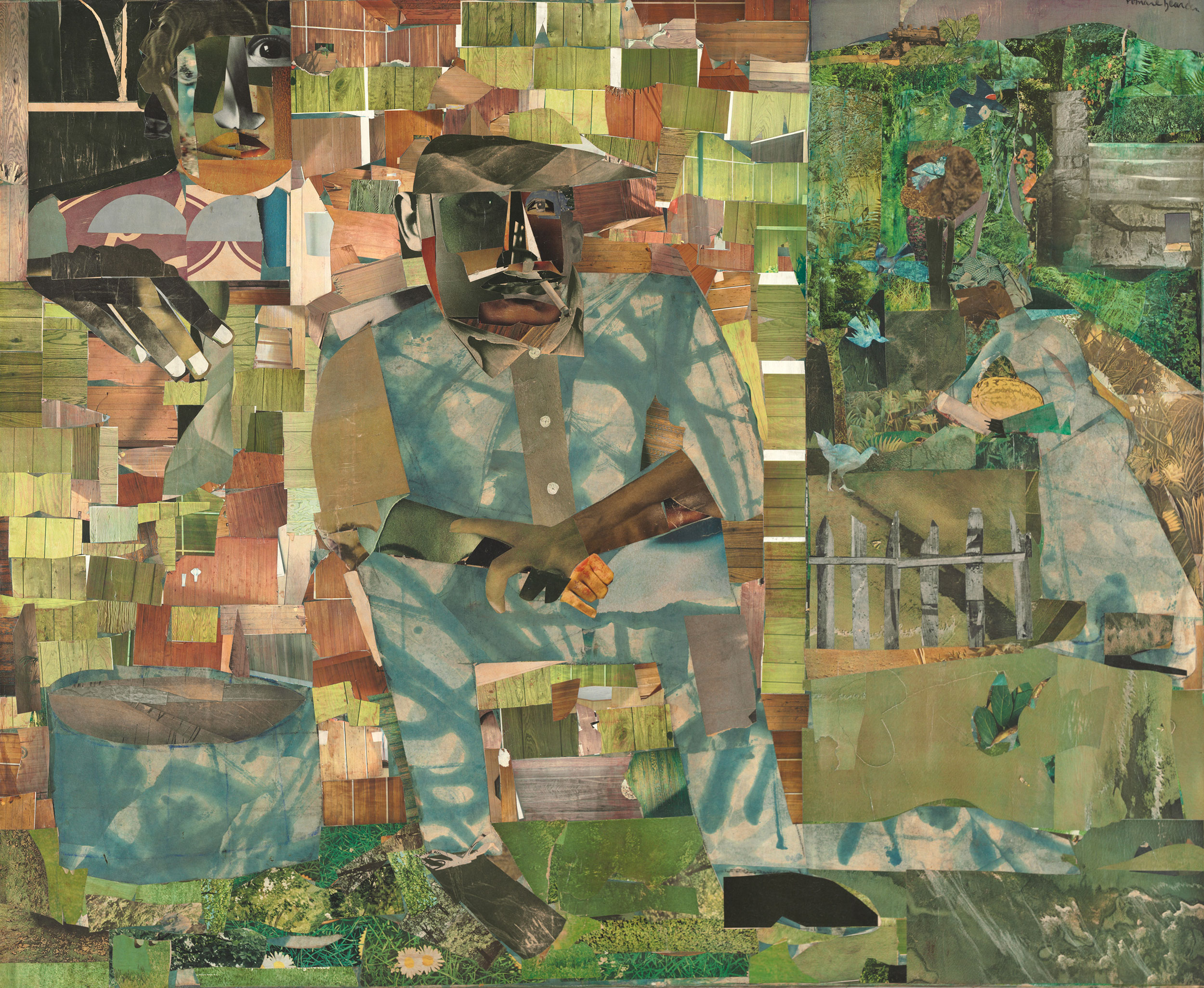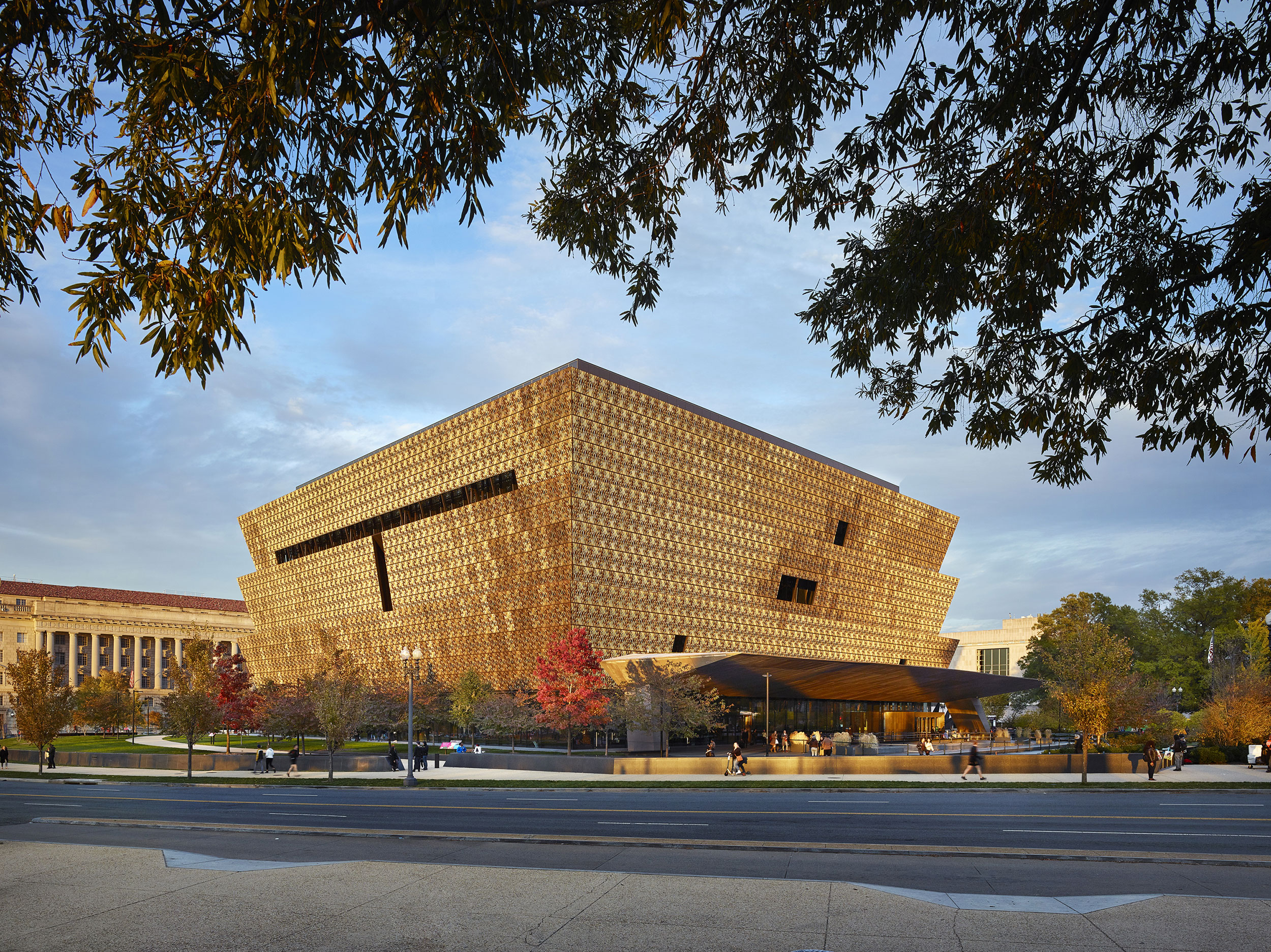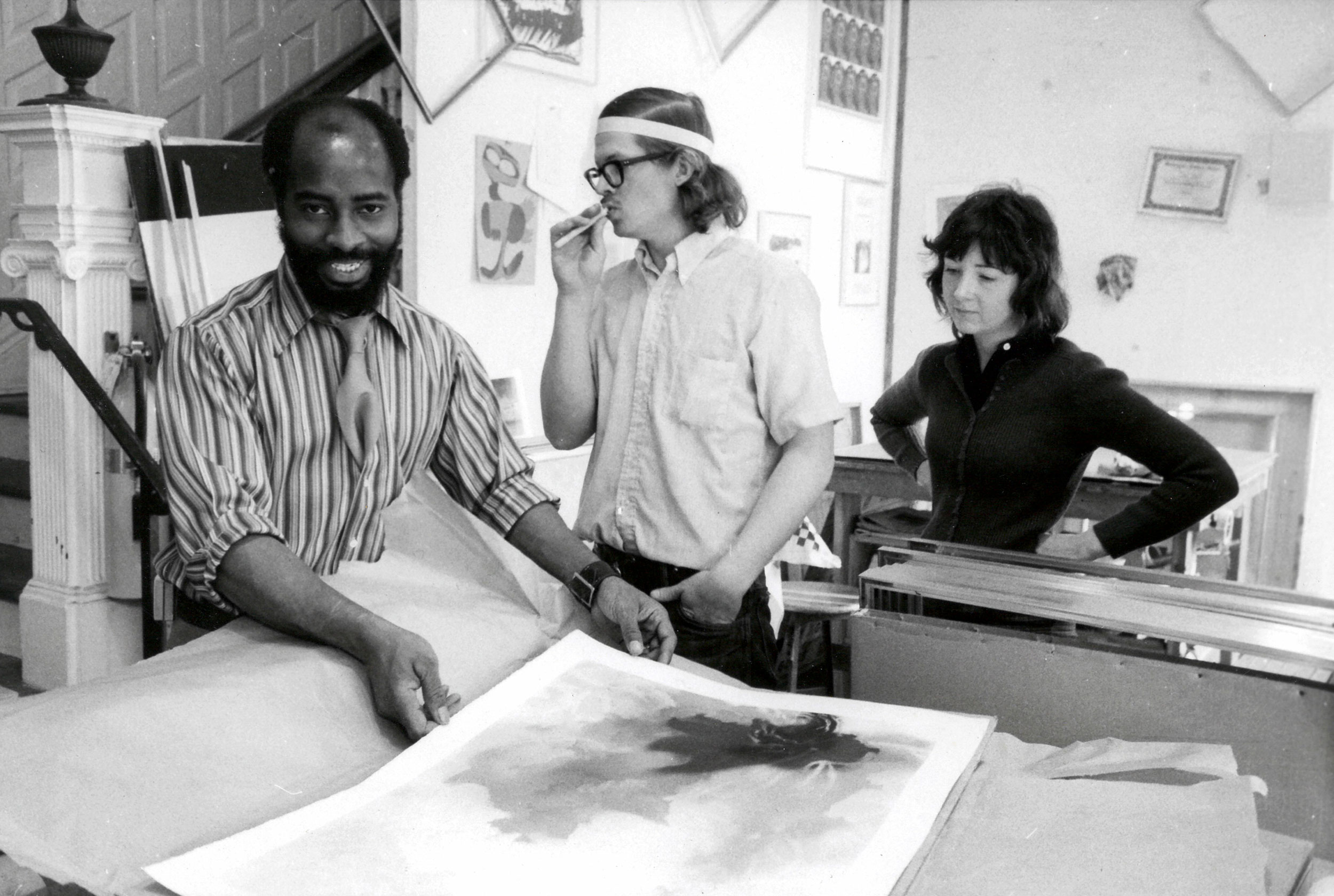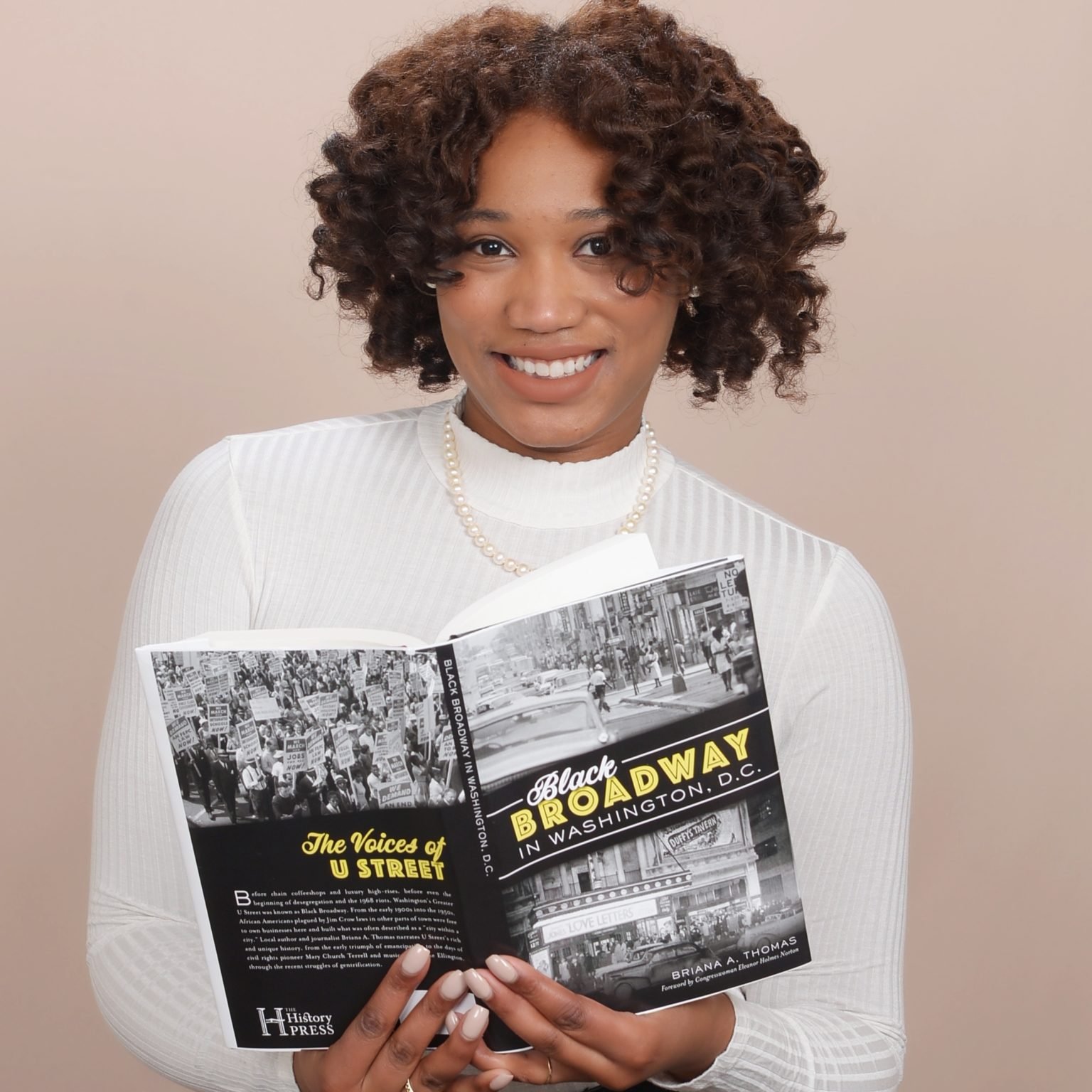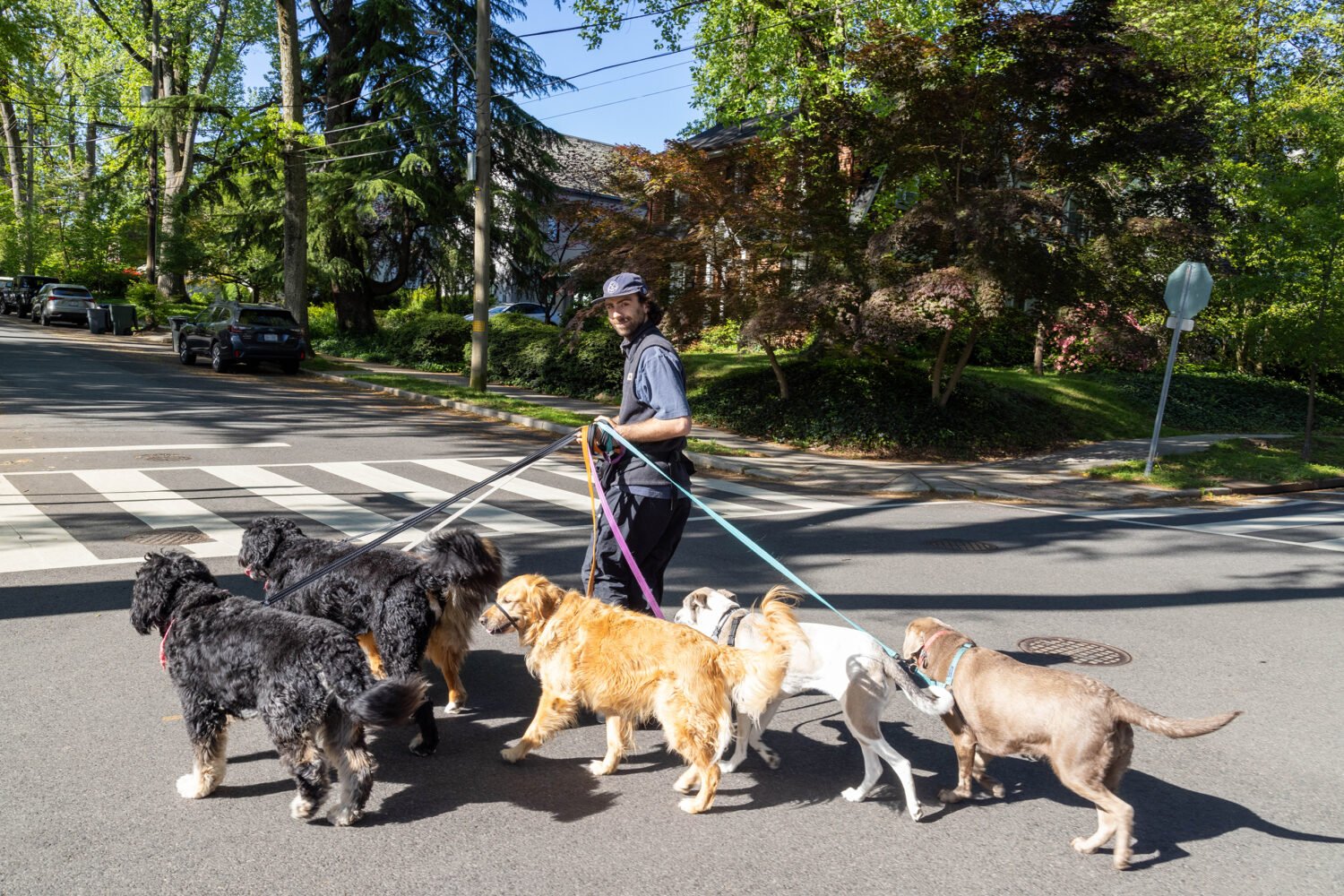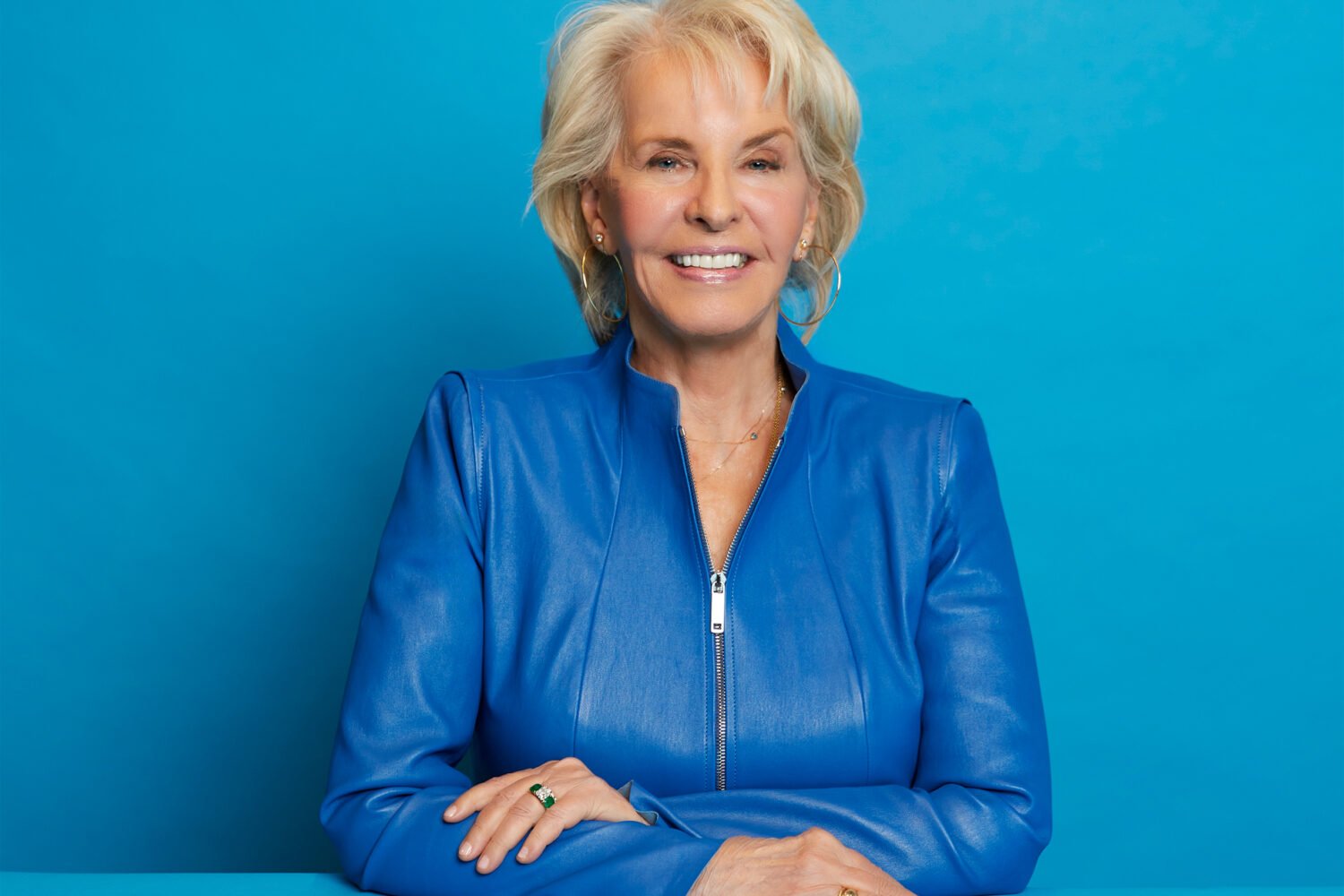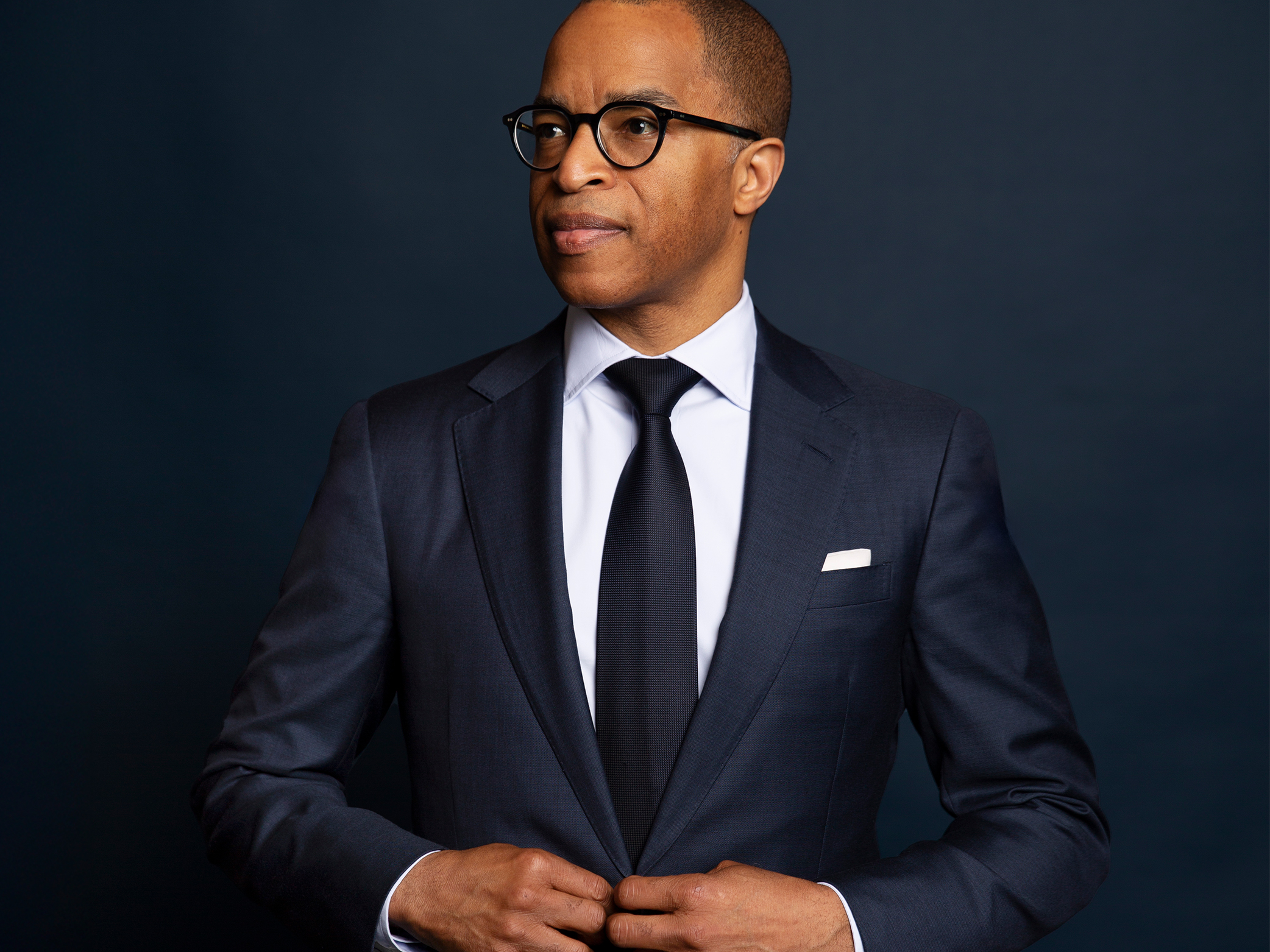When Sam Gilliam died last year, it was a huge loss for the art world. That was followed, in March, by the death of Lou Stovall, and a few years back we also lost David C. Driskell, a worldrenowned artist and scholar. In addition to their enormous impact, these three men shared another notable trait: They were all not just artists, but Black artists, and they all lived and worked in our area.
Black art has long been a major force in Washington. Long before downtown galleries and national museums welcomed artists of color, African American painters, sculptors, and crafters were making distinctive and significant work around the city. What follows is a look back at the last century of Black art in DC, or at least a small fraction. To truly display its breadth and influence, you would need to build a whole museum—which sounds like a good idea to us!
Eight Great Artworks by Black DC Artists
Two experts share their favorite art pieces
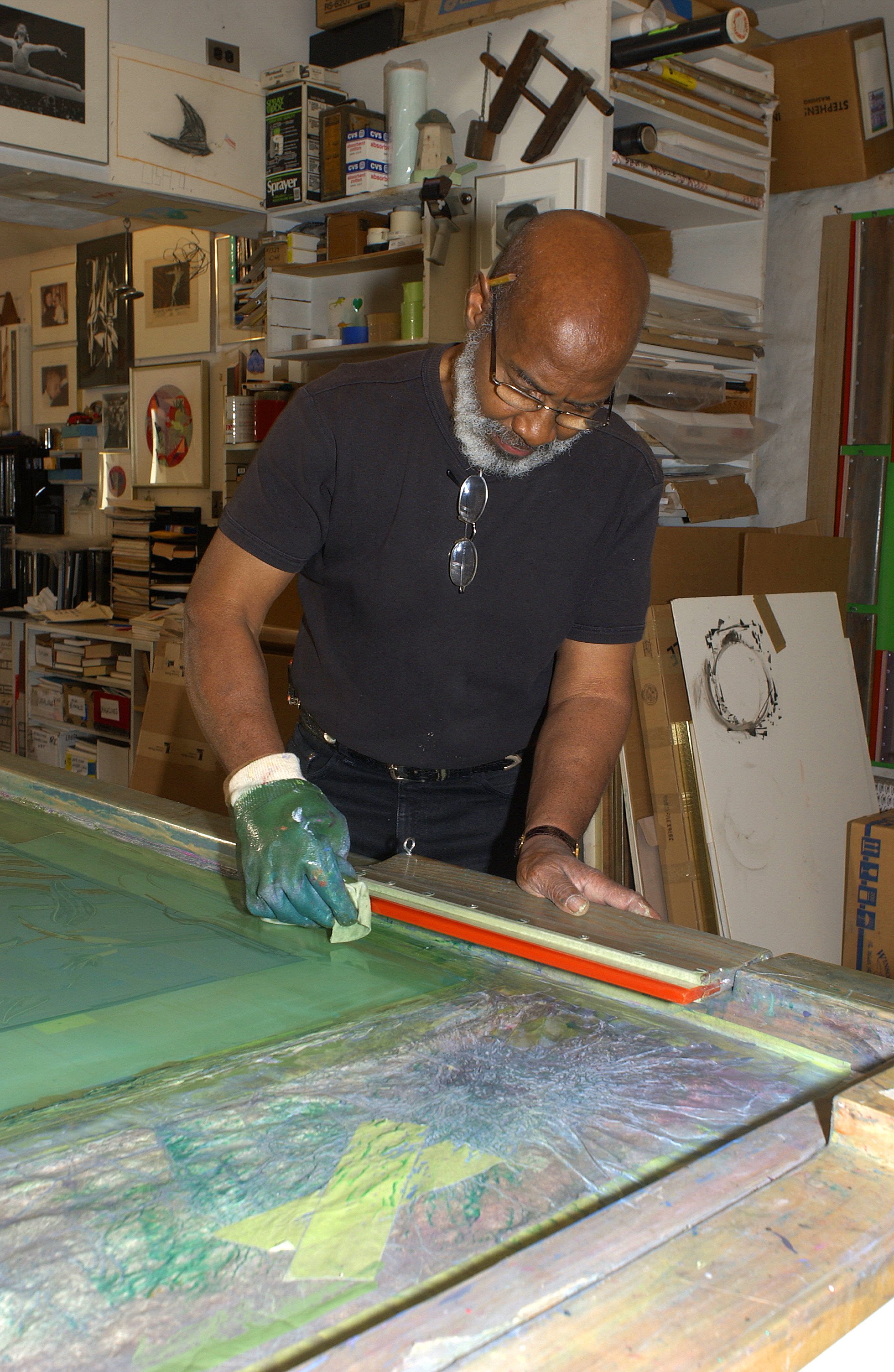
How do you capture the huge variety of notable work by DC’s Black artists? We asked a couple of experts for some picks: Adrienne L. Childs, an art historian and adjunct curator at the Phillips Collection, and Jeffrey C. Stewart, a Pulitzer Prize–winning author and Black-studies professor at the University of California, Santa Barbara.
Adrienne L. Childs’s Picks
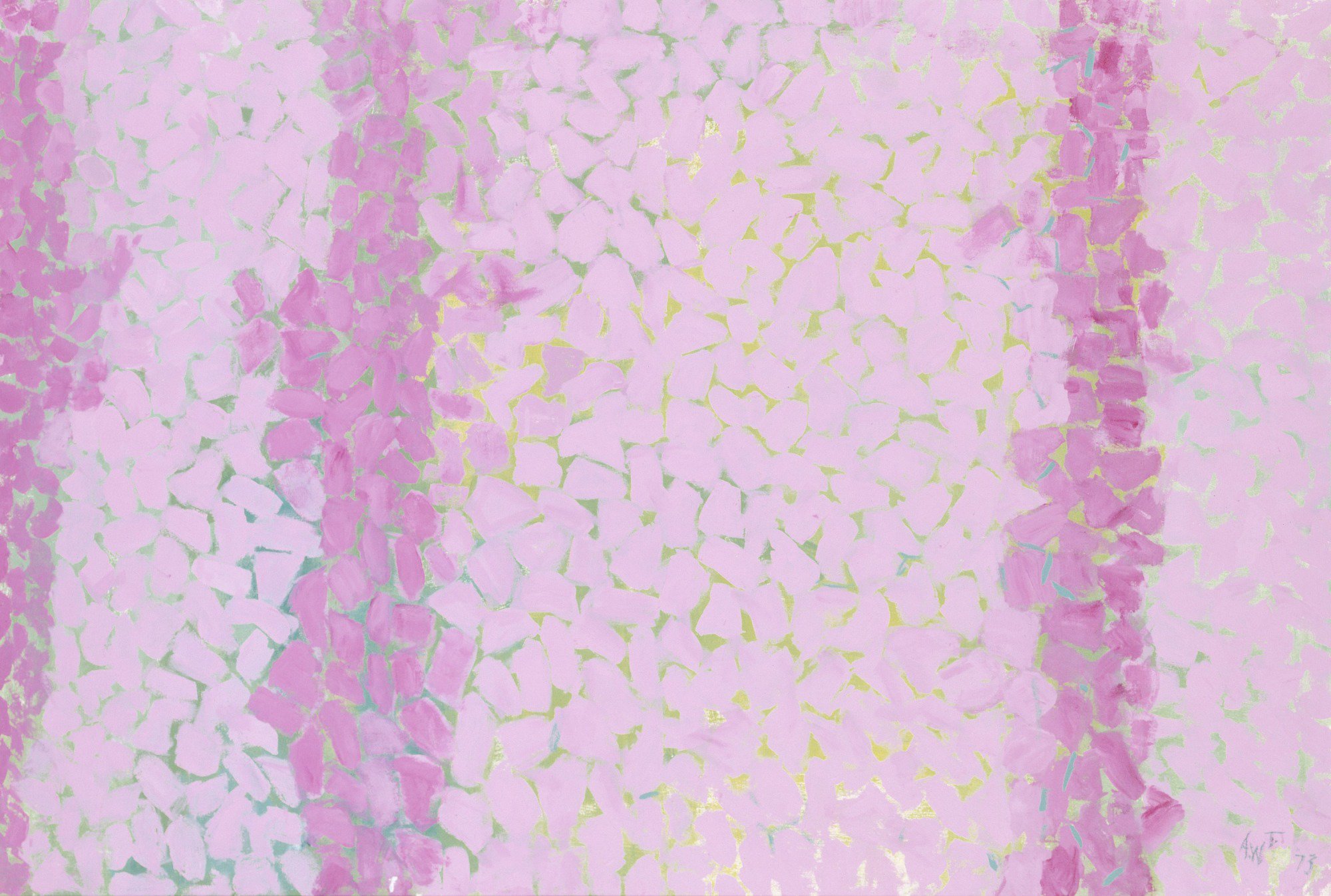
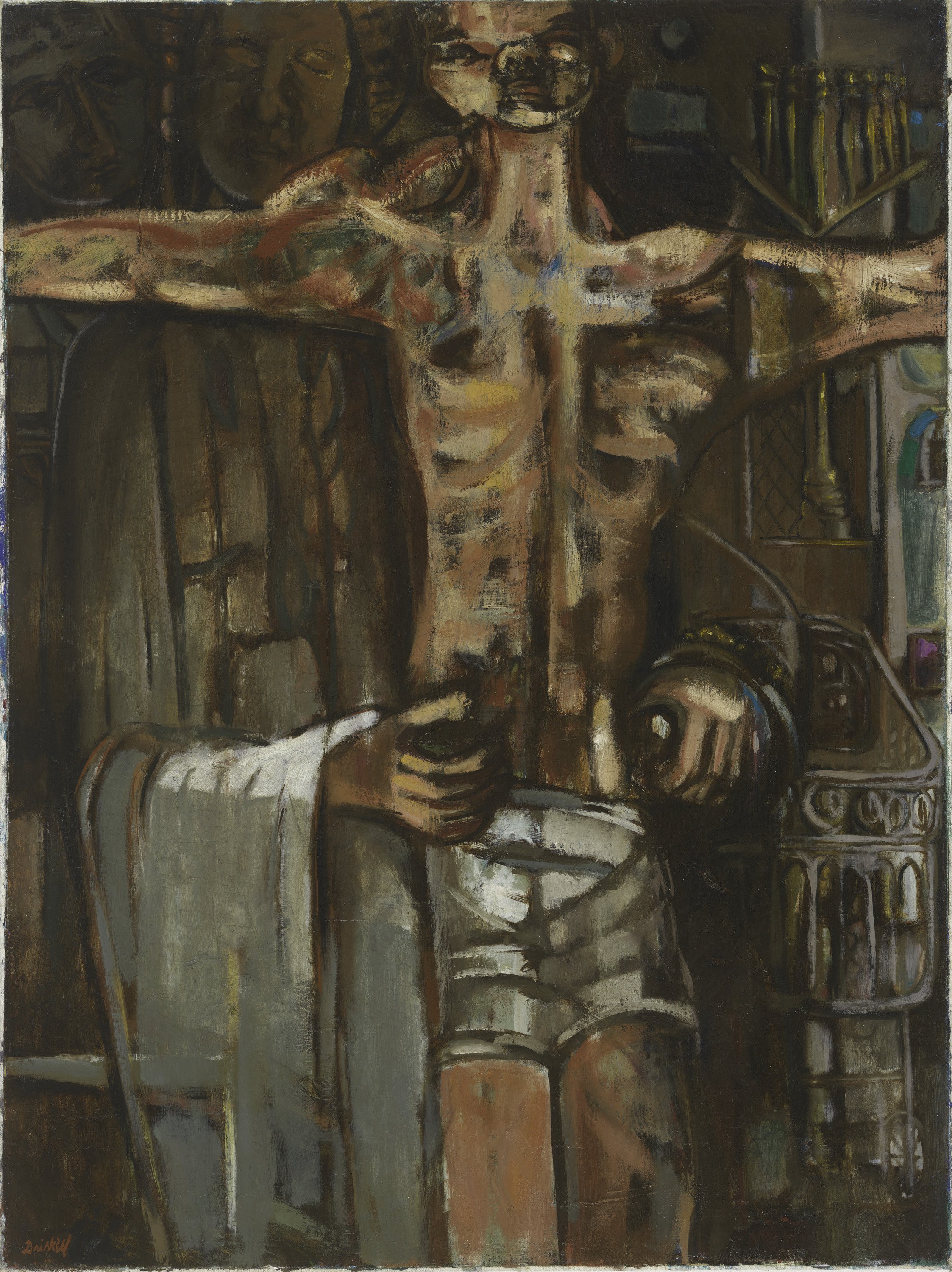
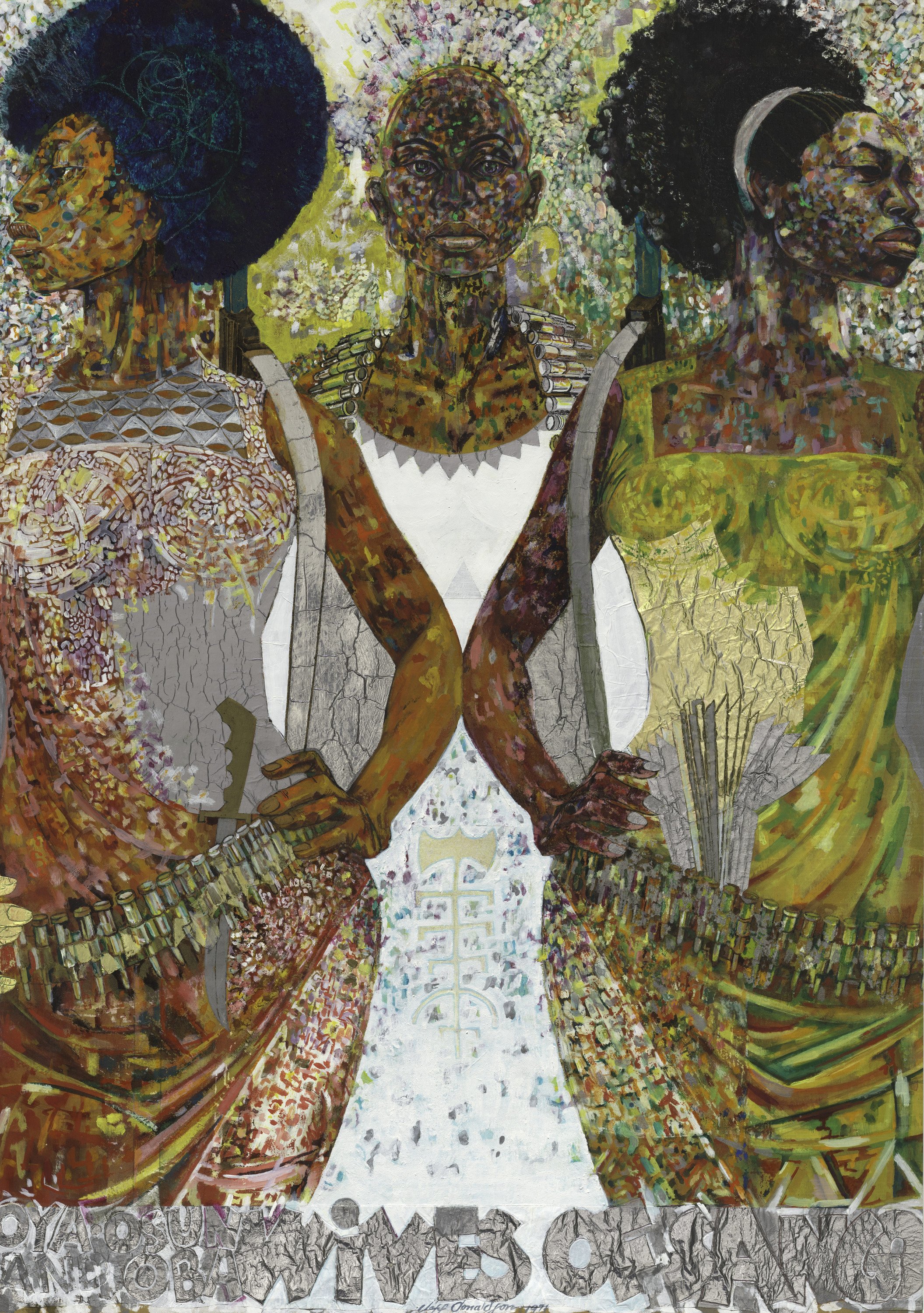
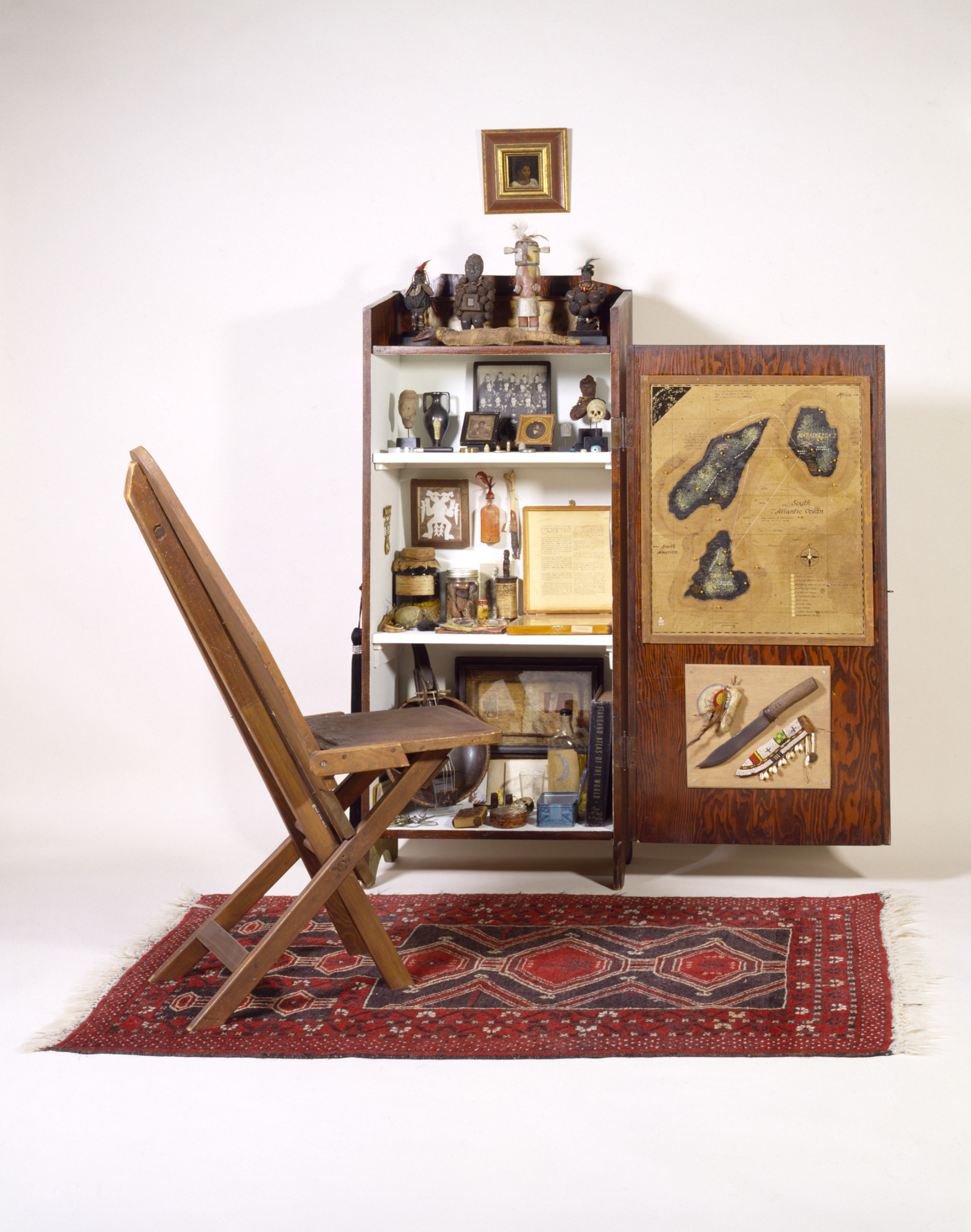
1. “She captures the essence of Washington’s explosion of springtime flowers in her signature abstract aesthetic.”
2. “Stout’s magical installations reveal how spirit and memory is contained in everyday objects.”
3. “I love the way ‘Wives of Sango’ speaks to the spirit of the Black Arts Movement in real time.”
4. “It beautifully speaks to the unspeakable horror of the Emmett Till story through a reference to Christian themes.”
Jeffrey C. Stewart’s Picks
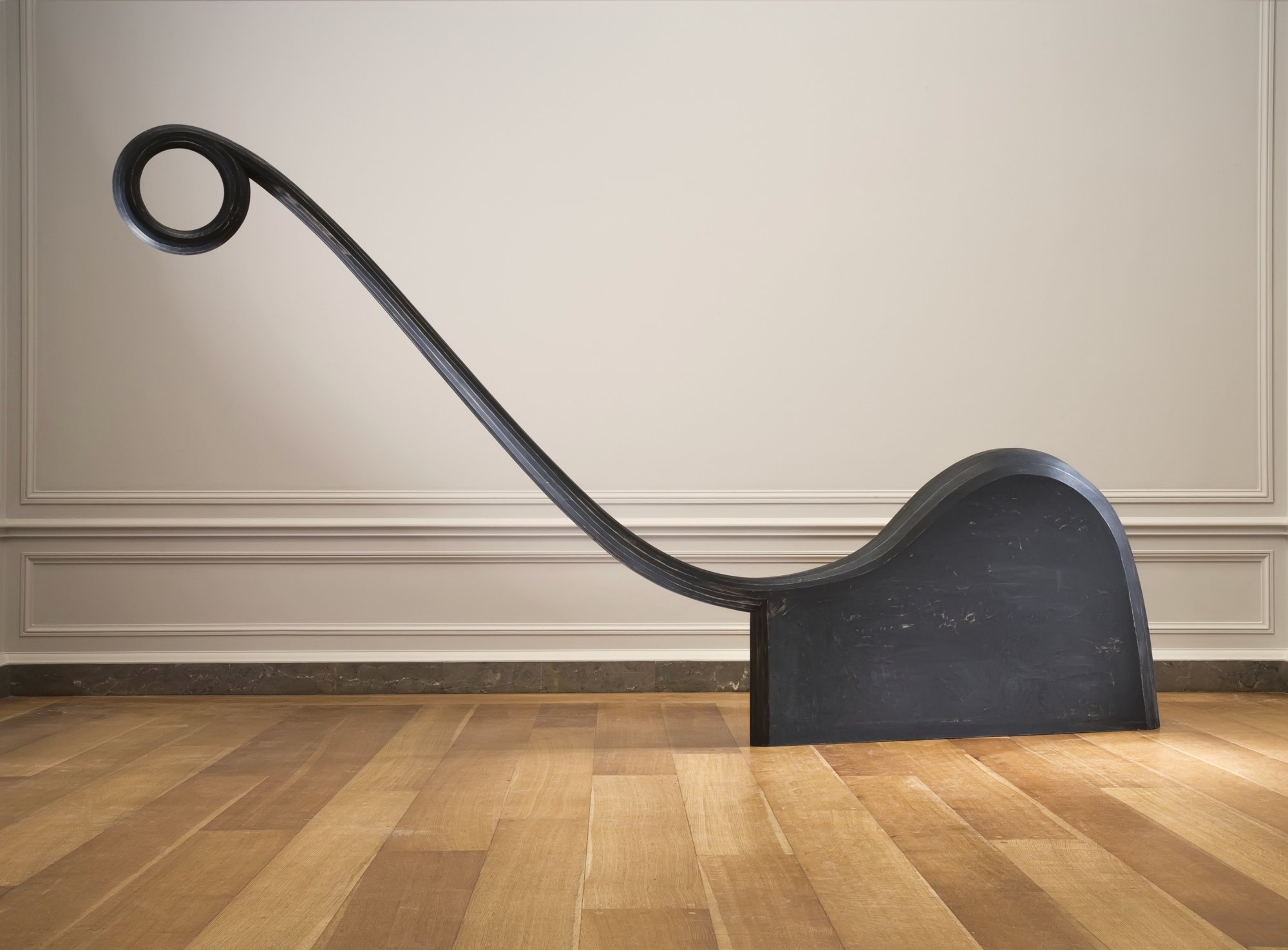
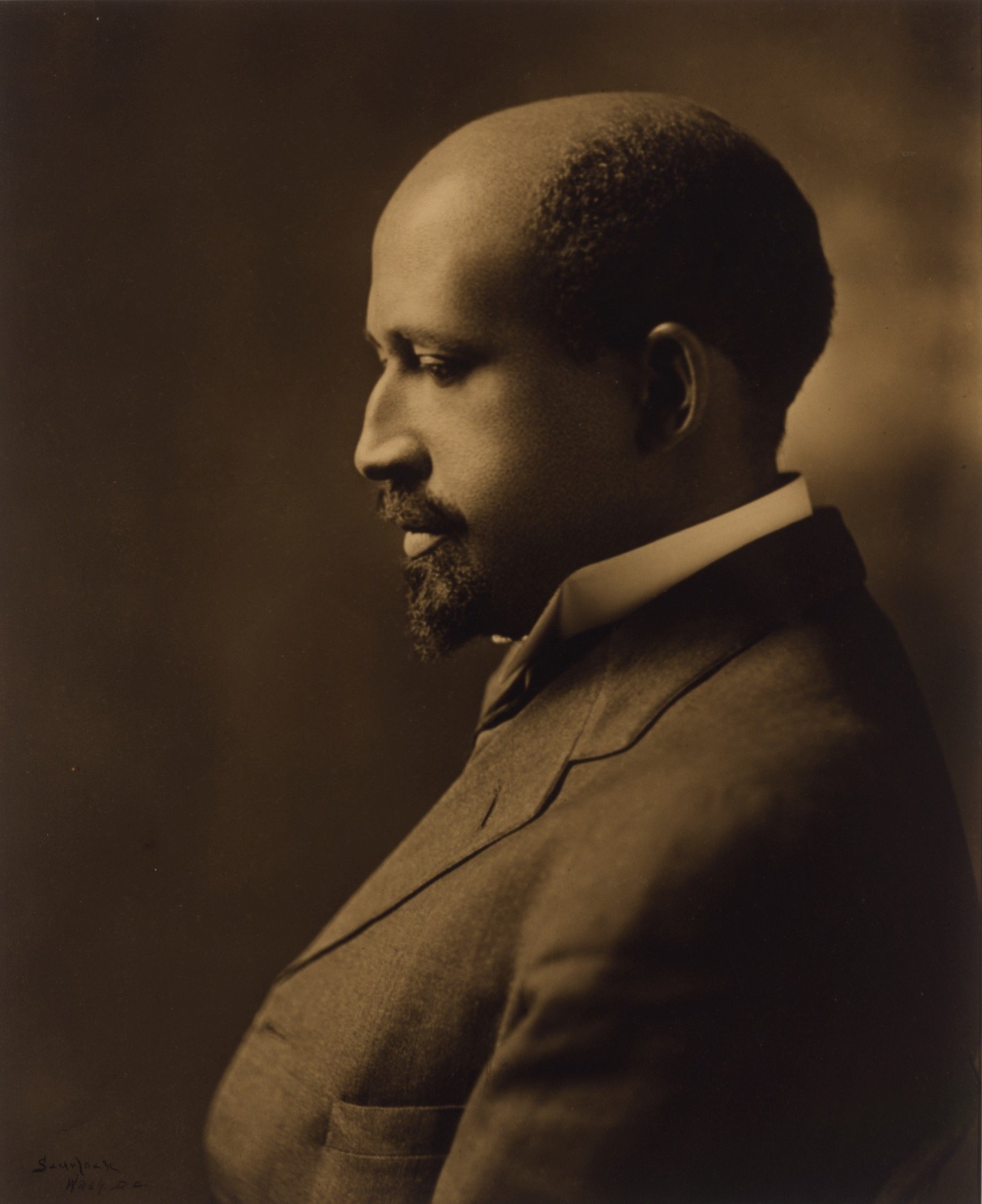
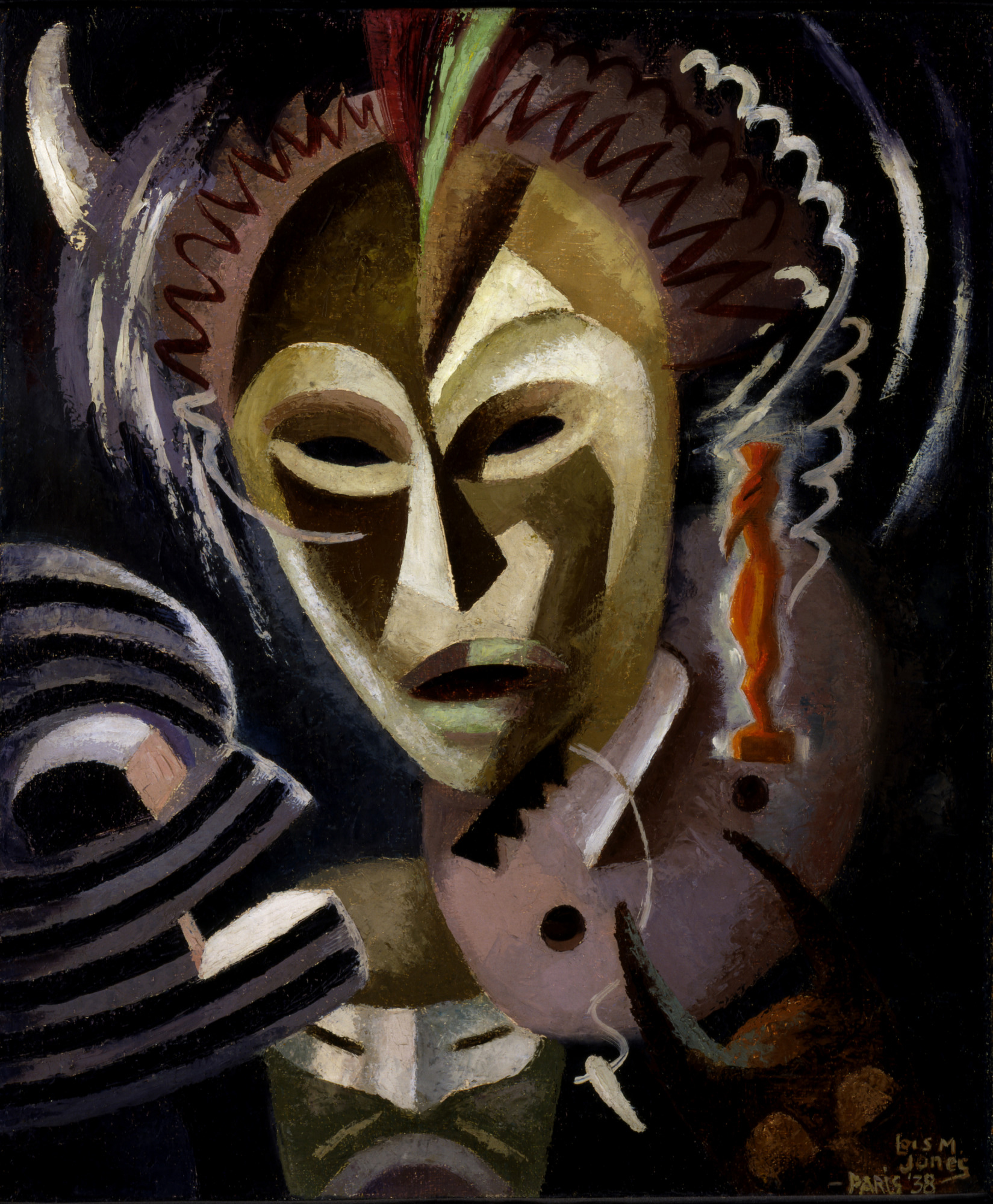
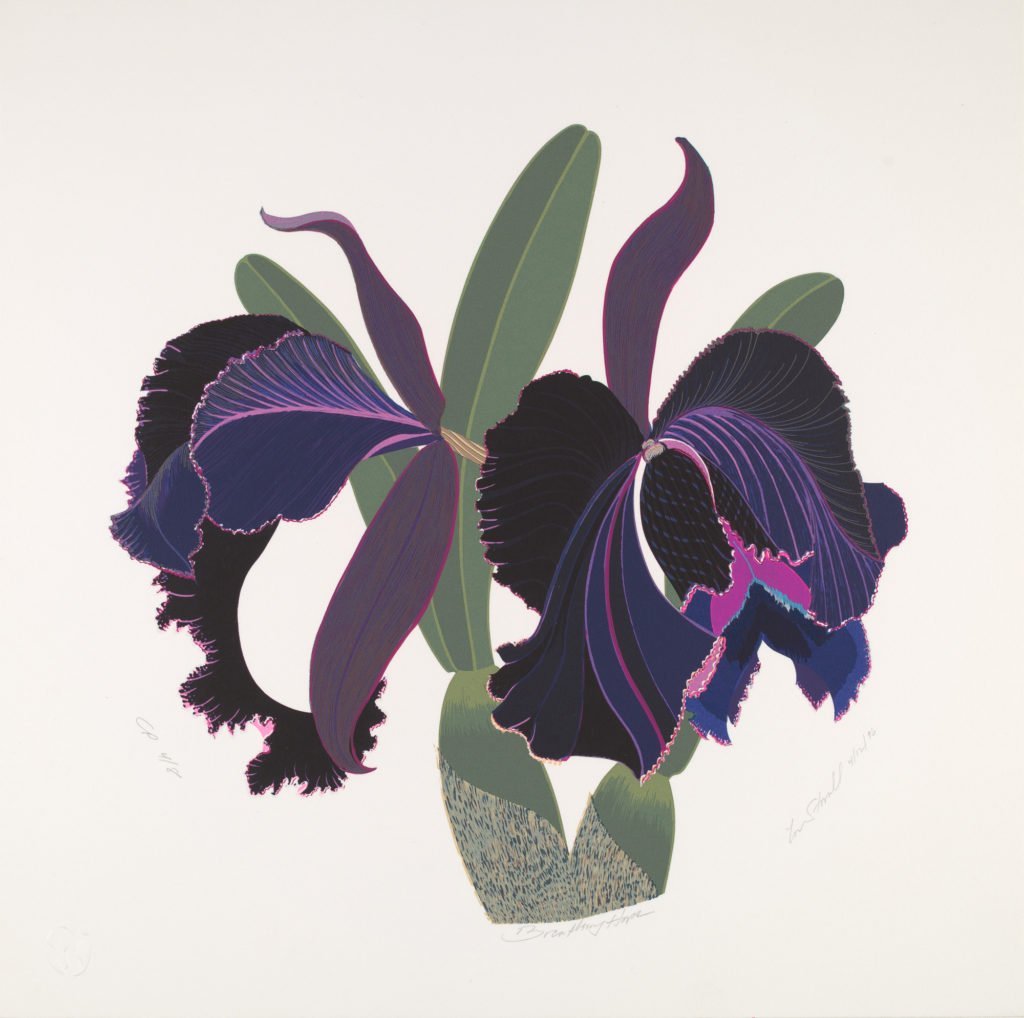
1. “It is much more than a tool—it is some graceful, mysterious being easing across the floor.”
2. “Our finest portrait of W.E.B. Du Bois—one that exemplified Scurlock’s mastery of light and mood.”
3. “It was Jones who read the African tradition as an aesthetic and had the artistic ability to translate it into works of art that became icons of Black consciousness in the 1960s and 1970s.”
4. “Spectacular color and design characterized Stovall’s printmaking, no better embodied than in the uplifting beauty of ‘Breathing Hope.’ ”
An Eventful Century
A look back at over a 100 years of Black art in DC
-
1921
James Herring, an artist and professor, launches Howard University’s art department. In 1943, he’ll open DC’s Barnett-Aden Gallery, the country’s first Black-owned art gallery.
-
1922
Thomas W. Hunster retires as director of drawing for African American public schools. For almost 50 years, he taught art skills to kids in DC’s segregated schools.
-
1924

Photograph courtesy of archives of American Art, Smithsonian Institution. Alma Thomas is the first graduate of Howard’s art department. She’ll go on to a long painting and teaching career, making her one of DC’s most notable art figures.
-
1943

James A. Porter, who attended and then taught at Howard, publishes the book Modern Negro Art. He’s considered the first Black art historian. -
1948
Loïs Mailou Jones and Celine Tabary launch the Little Paris Studio, an important gathering for DC’s Black artists.
-
1961
DC public-school art teachers found the DC Art Association. It soon becomes a significant force in community arts education.
-
1965
A group of like-minded artists adopt the name Washington Color School. Sam Gilliam and Kenneth Young are among the Black artists later associated with it.
-
1967

Photograph courtesy of Smithsonian Archives. John Kinard serves as the first director of the new Anacostia Neighborhood Museum. A crucial cultural institution east of the Anacostia River, it eventually becomes known as the Smithsonian’s Anacostia Community Museum.
-
1967

Photograph by Carl Nard. Sam Gilliam’s first-ever museum exhibit opens at the Phillips. The museum is also the first to acquire one of his works: “Red Petals.”
-
1969

Photograph by Lluvia Higuera. Artist Ed Love—soon to be known for his large metal sculptures—begins his influential teaching stint at Howard University.
-
1970
Jeff Donaldson becomes chair of Howard’s art department. He’d recently cofounded AfriCOBRA (African Commune of Bad Relevant Artists) in Chicago—a key group in the Black Arts Movement, which advocated Black consciousness and autonomy.
-
1974
The Duke Ellington School of the Arts opens. As the city’s arts-focused public high school, it has since educated generations of talented Washingtonians.
-
1976

Photograph courtesy of Photographs and Prints Division, Schomburg Center for Research in Black Culture, New York Public Library. Larry Neal, a significant figure in the Black Arts Movement, is named executive director of the DC Commission on the Arts and Humanities.
-
1989
Richard Powell curates the group show “From the Potomac to the Anacostia” at Washington Project for the Arts.
-
1996

“Sand Dunes at Sunset, Atlantic City” courtesy of White House Collection/White House Historical Association. The White House acquires a painting by Henry Ossawa Tanner, the first work by a Black artist in its permanent collection.
-
2001

Photograph courtesy of David C. Driskell Papers at David C. Driskell Center, University of Maryland. David C. Driskell founds a center at the University of Maryland to study and promote African American art. Driskell, who died in 2020, was one of the country’s most important scholars of Black art.
-
2003

Photograph of “Tomorrow I May Be Far Away” courtesy of Paul Mellon fund. The National Gallery of Art puts on a major retrospective of work by Romare Bearden, one of America’s most significant artists of color.
-
2014
The Corcoran Gallery of Art shuts down. Its collection—which includes significant work by many Black artists—is later acquired by various other DC museums.
-
2016

Photograph of National Museum of African American History & culture by Alan Karchmer. The National Museum of African American History & Culture opens, immediately becoming one of Washington’s most essential institutions.
-
2023

Photograph courtesy of Stovall family. On March 3, Lou Stovall dies at age 86. The artist and printmaker (below left) was one of DC’s key art figures, and his studio, Workshop Inc., a longtime hub for creators.
Further Reading
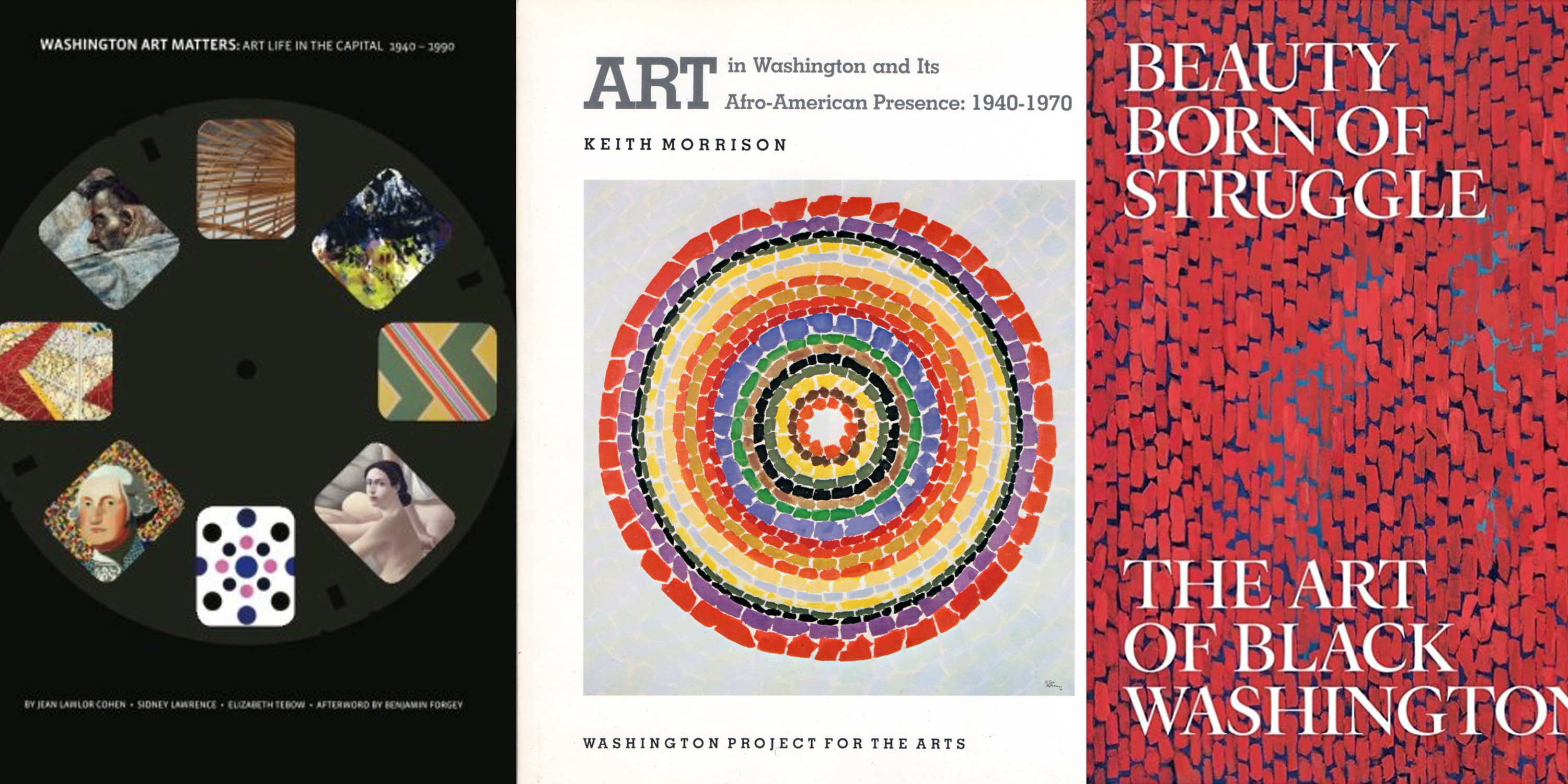
Washington Art Matters: Art Life in the Capital 1940–1990 By Jean Lawlor Cohen, Elizabeth Tebow, and Sidney Lawrence
The Washington Arts Museum—a now-defunct group devoted to local artists—put together this history and rallying cry.
Art in Washington and its Afro-American presence: 1940–1970 By Keith Morrison
This book grew out of a groundbreaking exhibit that the author curated. It’s no longer in print, but you can get it from the DC library.
Beauty Born of Struggle: The Art of Black Washington Edited by Jeffrey C. Stewart
An essay collection that started with a 2017 panel discussion at the National Gallery of Art featuring the likes of Sam Gilliam and David C. Driskell.
Sam Gilliam’s Evolution
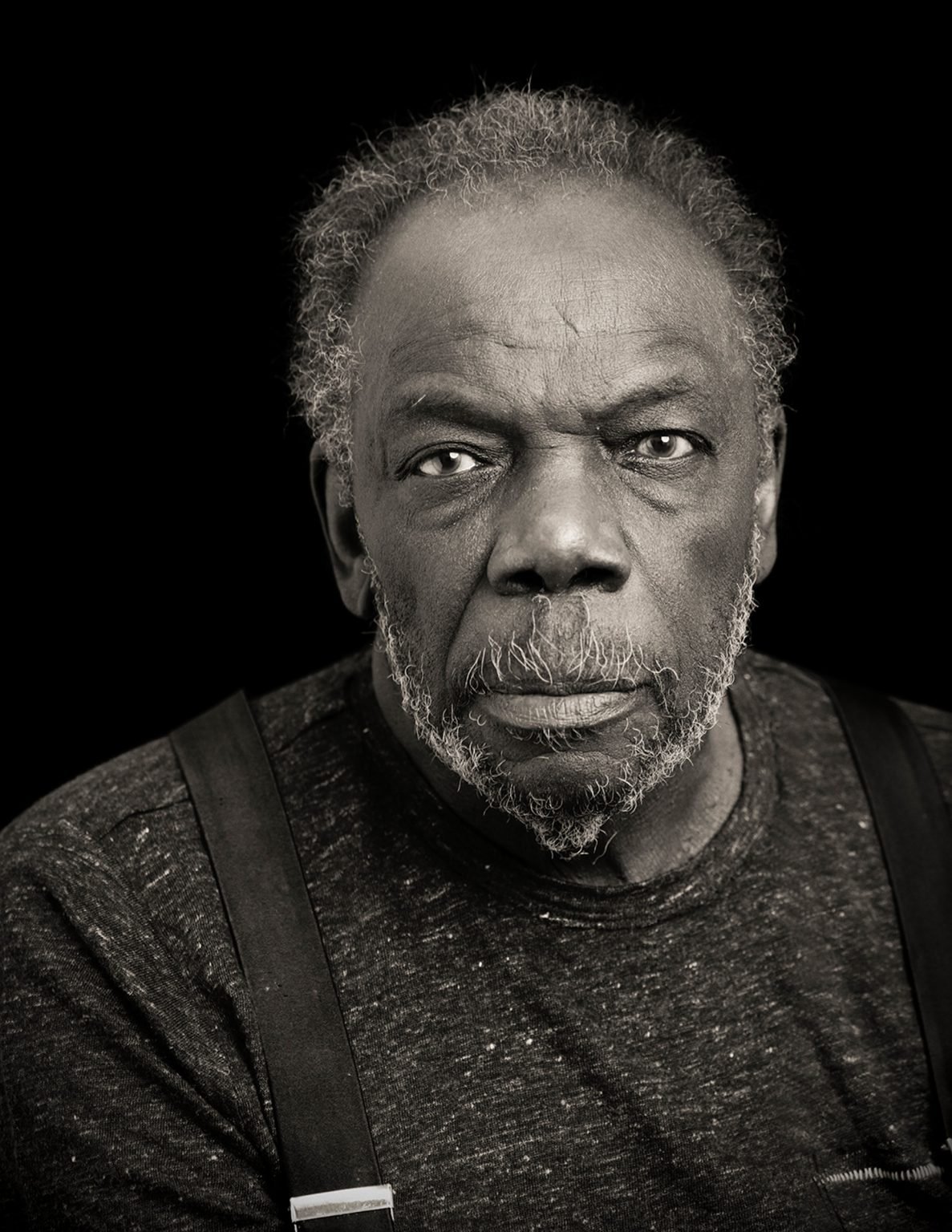
Ask a random stranger to name a famous DC artist, and Sam Gilliam will very often be the response. Though he grew up mostly in Louisville, Kentucky, Gilliam was closely associated with Washington, living here from the early ’60s until his death in 2022. His work is hard to categorize. “He was an experimenter—changing, always evolving,” says Phillips Collection director Jonathan Binstock, who has previously overseen Gilliam exhibits. “He was an incredibly innovative artist, so it’s difficult to say what kind of art he made.” Here’s a quick look at just three of Gilliam’s styles of work.
Color Field Paintings
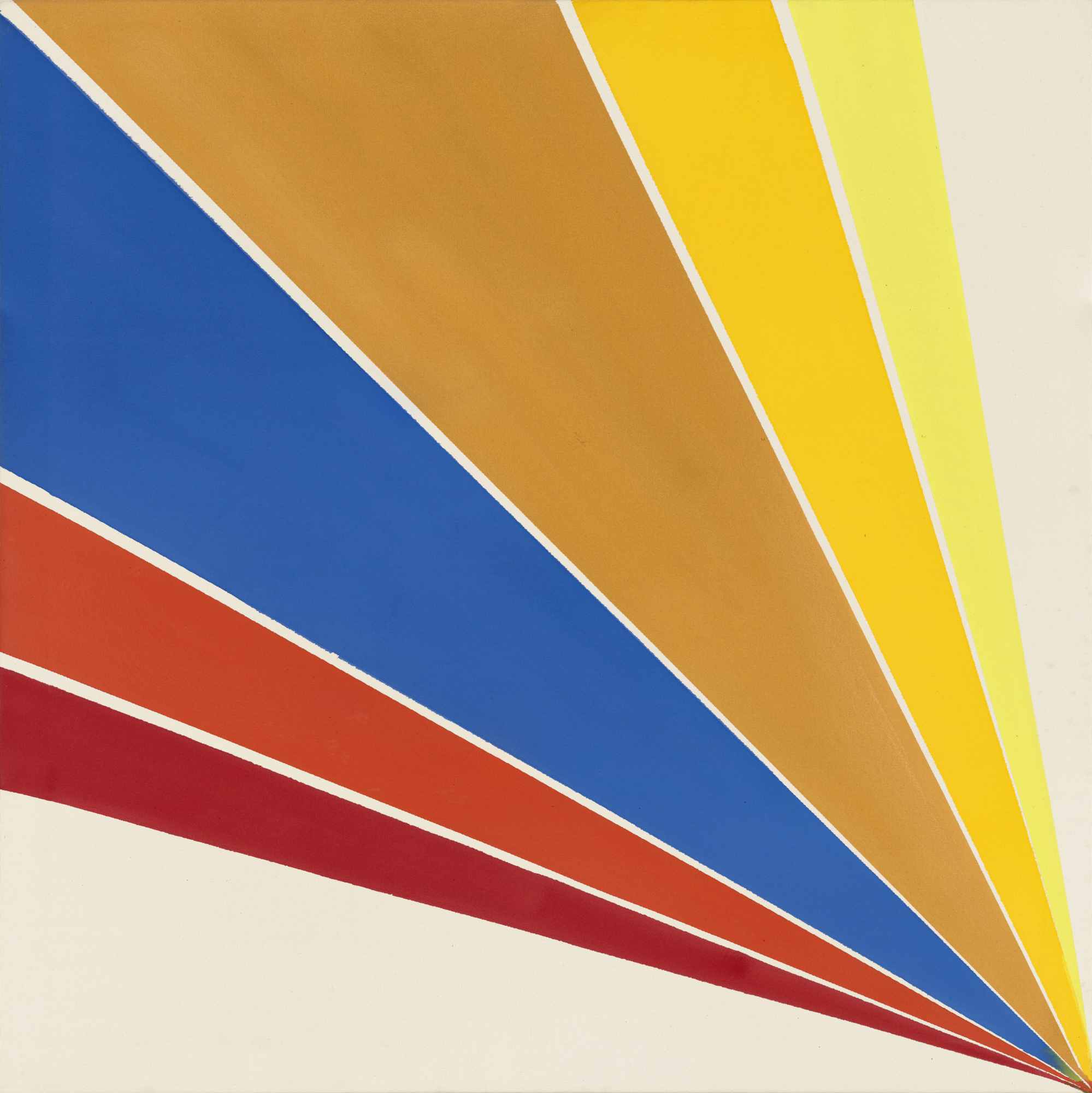
Inspired by Washington Color Field painter Thomas Downing, Gilliam’s bold early work has clean lines and vivid hues. A great example is his 1965 painting “Shoot Six,” which you can see at the National Gallery of Art.
Drape Paintings
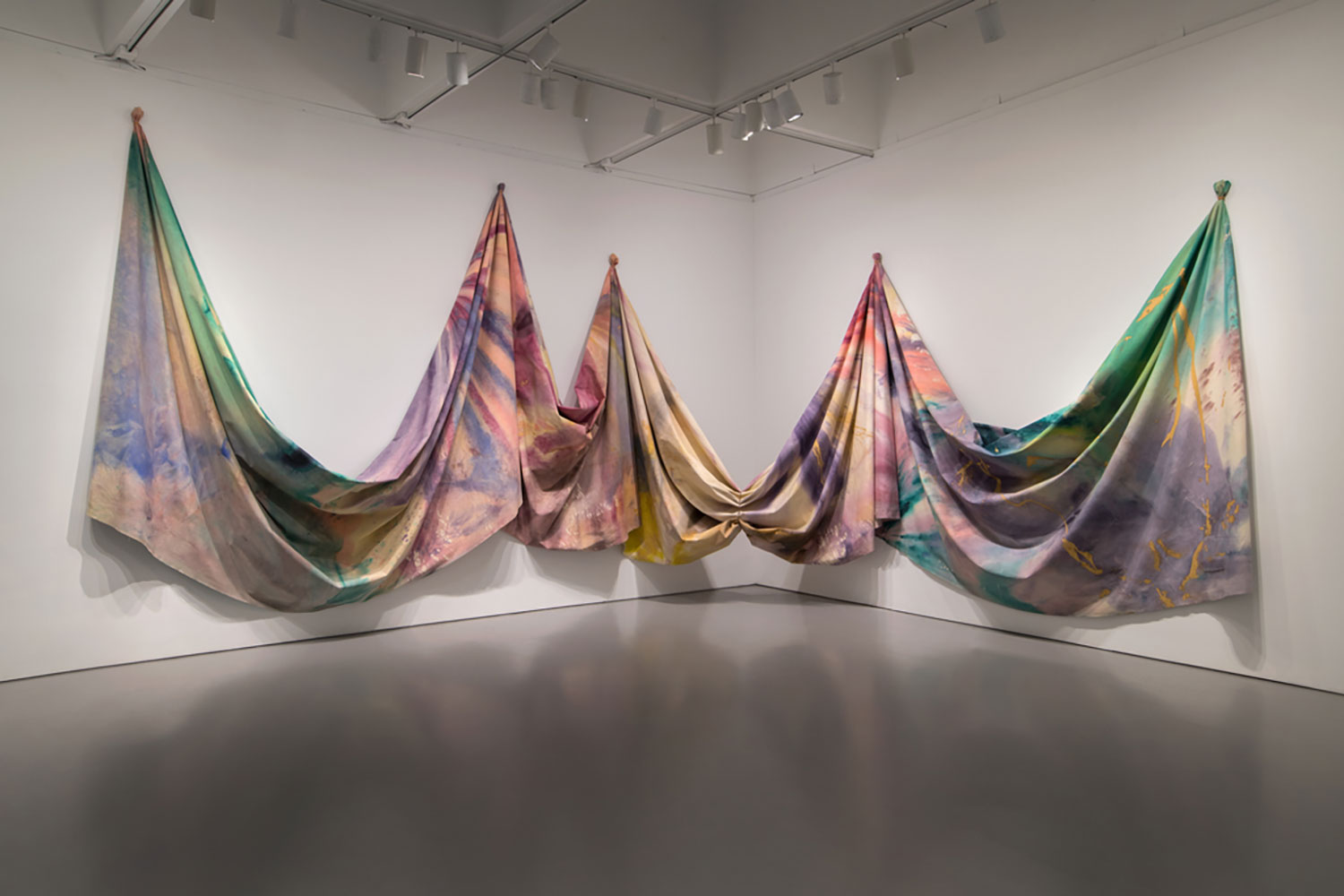
His most famous innovation is these three-dimensional hanging works, which broke painting out of its frame and proved hugely influential. “Light Depth,” from 1969, is at the Hirshhorn.
Black Paintings
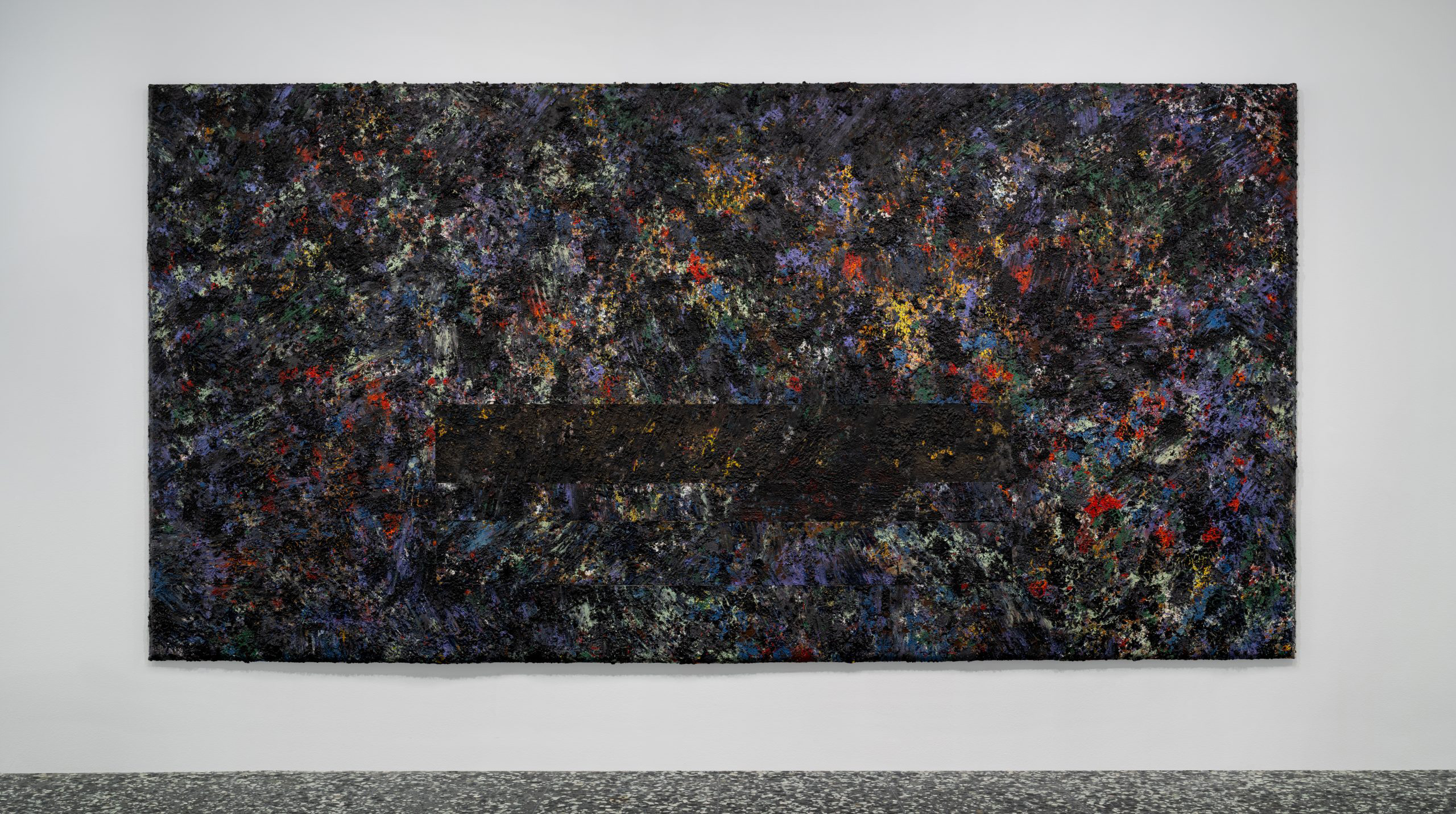
In 1975, Gilliam moved away from the drape paintings (though he’d later return to them). For a time, he focused on complex, dark-hued work like 1978’s “Rail,” now at the Hirshhorn. But he didn’t stay still for long: Gilliam continued experimenting with new techniques for the rest of his life.
Six Emerging Black Artists in DC
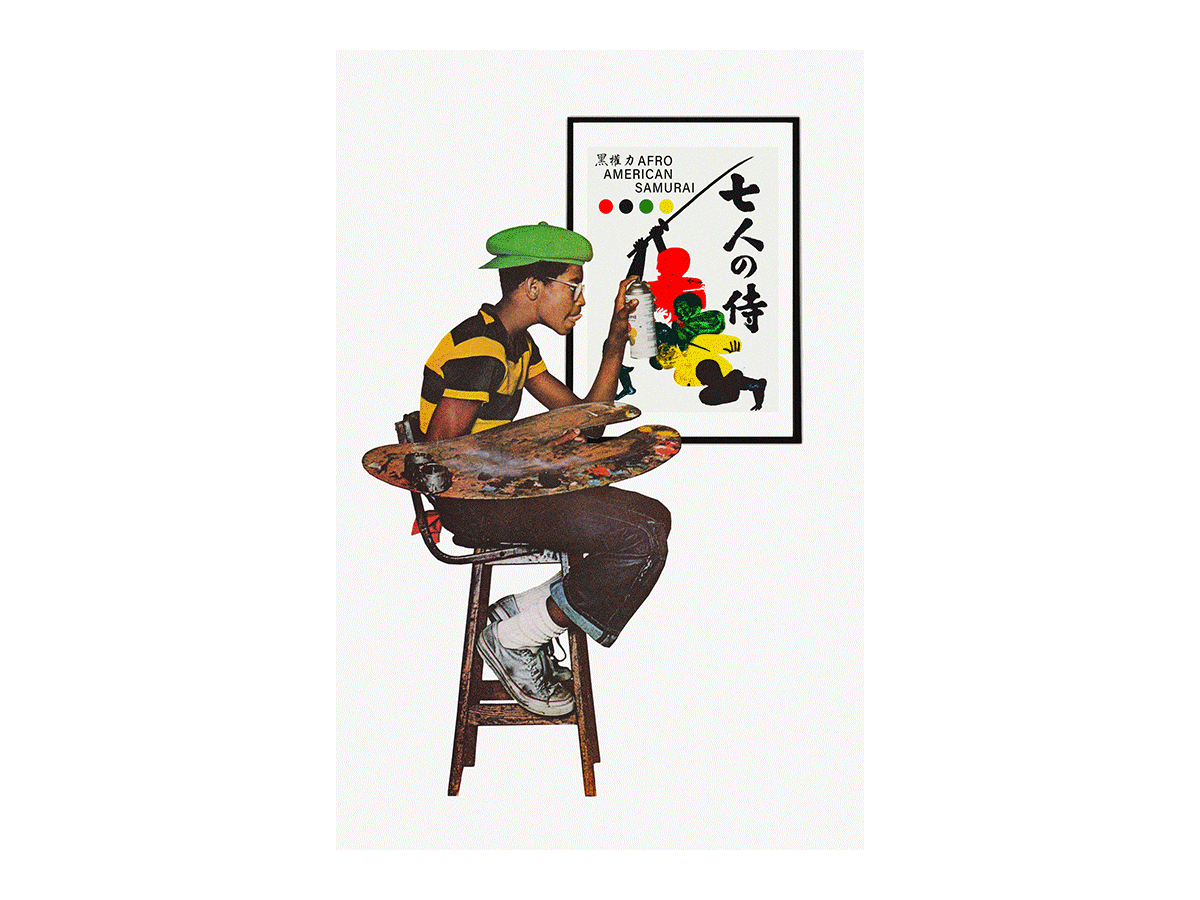
Black art isn’t just about history: It continues to thrive in this area. We asked three local curators to each choose an up-and-coming artist whose work you should look out for.
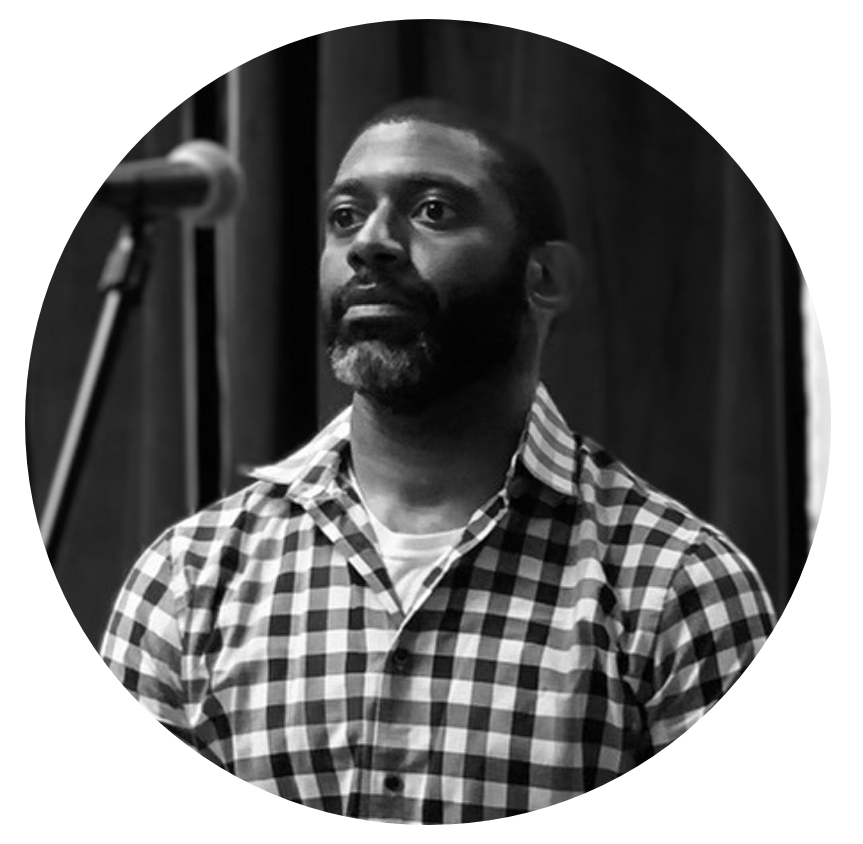
Curator: Adrian Ferguson, owner of Art of Noize
Ferguson has been creating and selling art since he was a kid. He runs a gallery and studio space in Petworth.
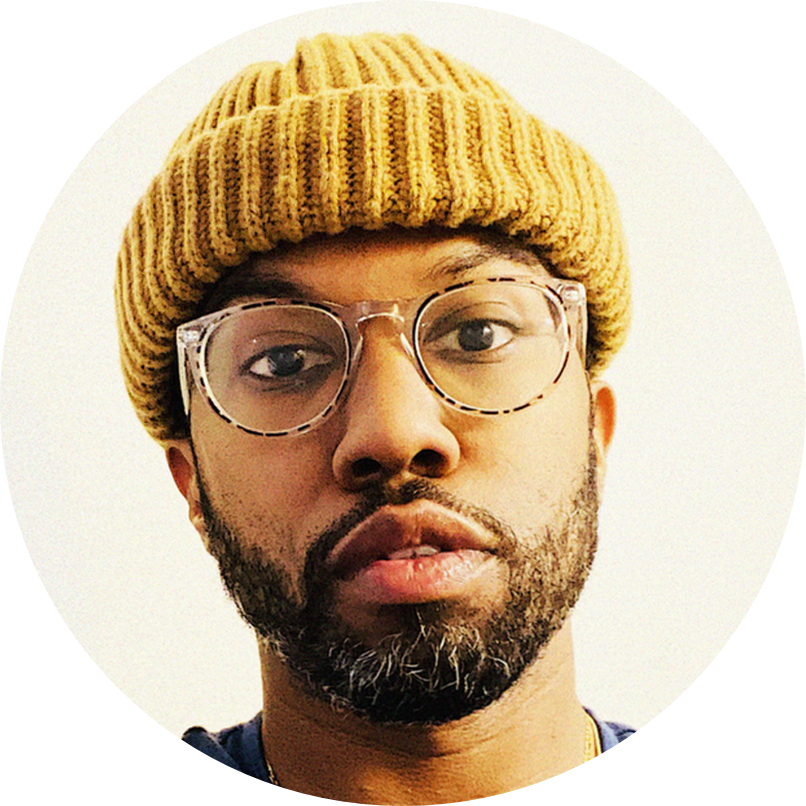
Emerging artist: Maurice James Jr.
“I describe his work as Black pop art,” says Ferguson. “He reimagines popular TV, music, and images we’ve grown up with and puts an African American spin on them.”
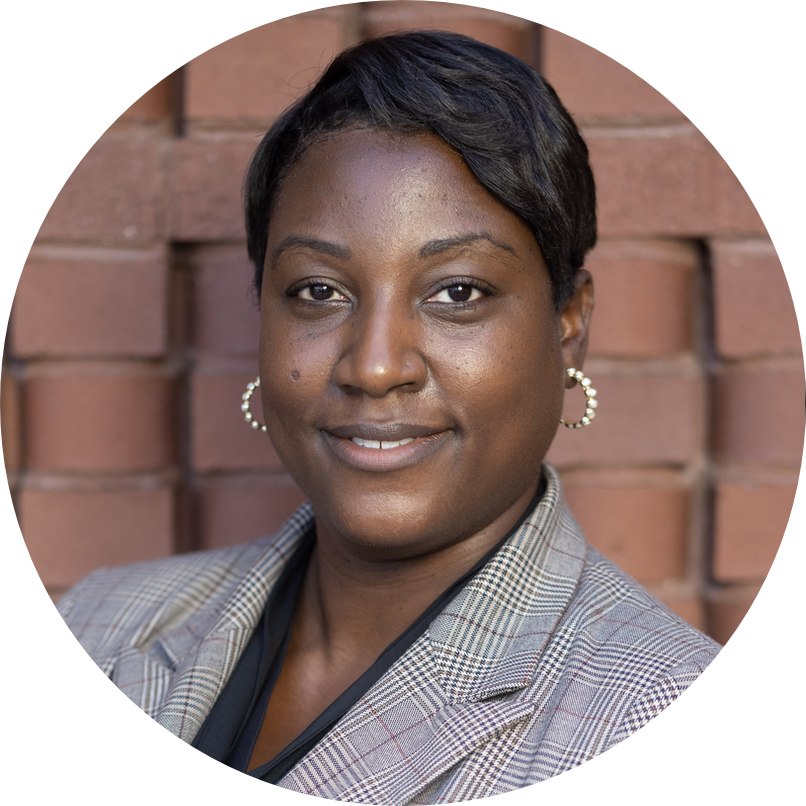
Curator: Asantewa Boakyewa, deputy director of the Smithsonian’s Anacostia Community Museum
Boakyewa has spent 15 years focusing on contemporary art and Black history and culture at museums and universities.
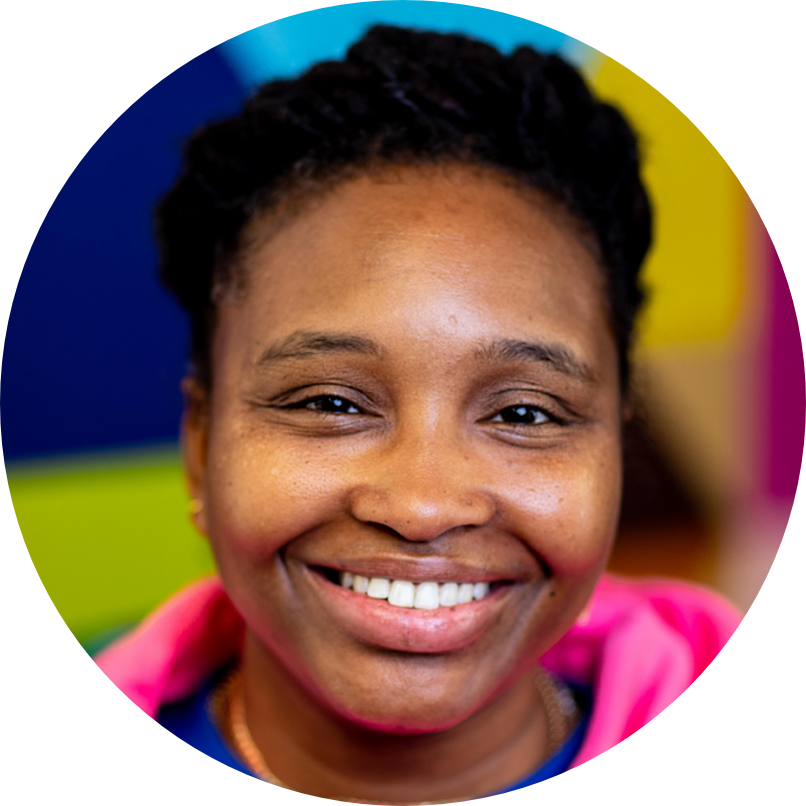
Emerging artist: Adrienne Gaither
“Gaither has a mural that’s permanent in our museum,” says Boakyewa. “She works in geometric shapes and is very interested in color.”
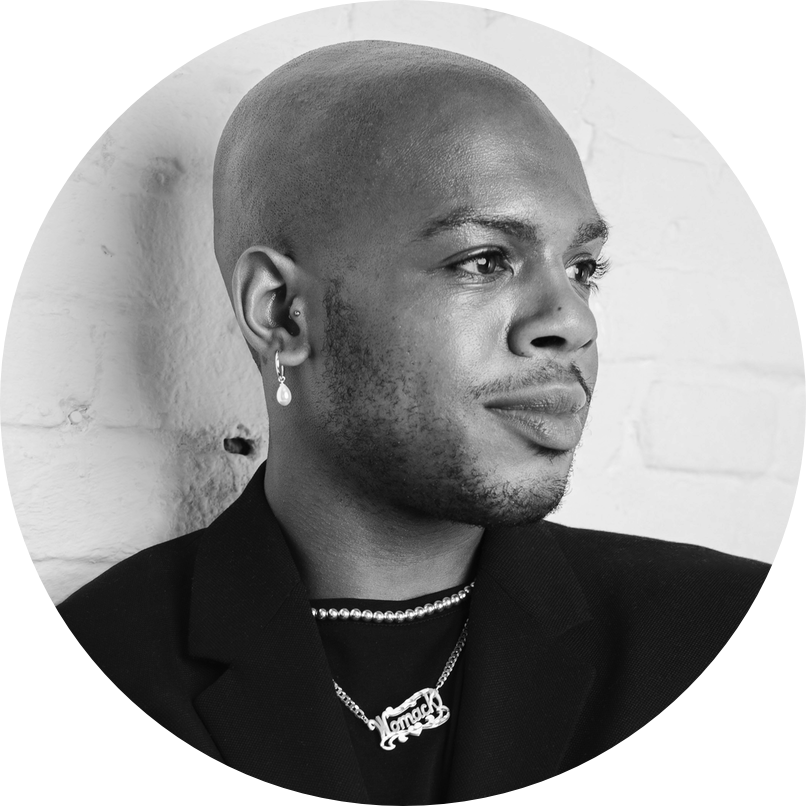
Curator: Maleke Glee, director of Stable Arts
A writer, curator, and adjunct professor at Bowie State University, Glee studies Black contemporary art and vernacular cultures, among other things.
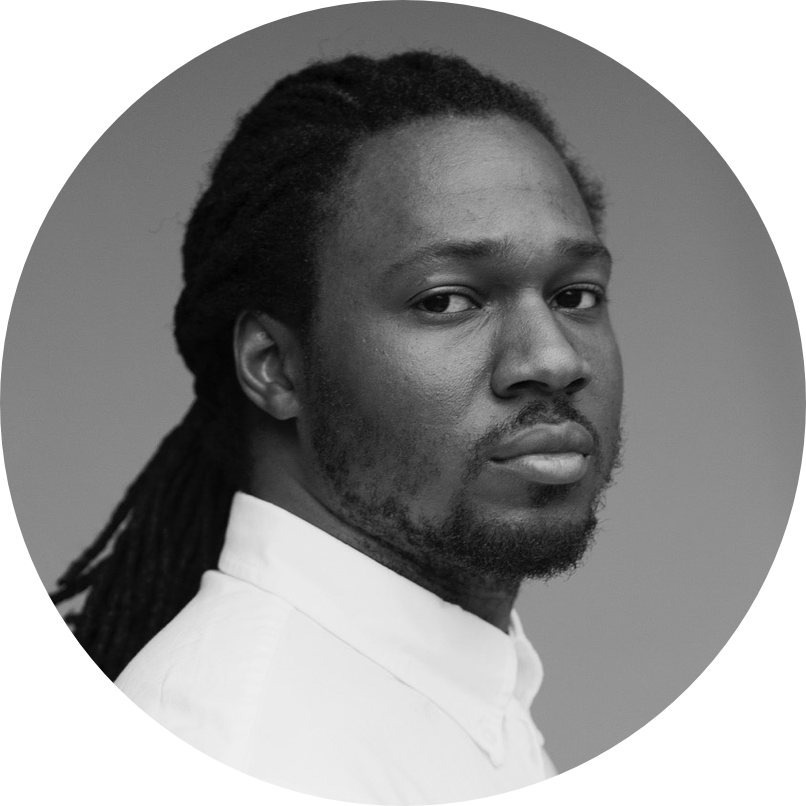
Emerging artist: Larry W. Cook
“He started as a [music] club photographer,” says Glee, “but now he’s been acquired by museums and other institutions. He continues to highlight the go-go community in his practice.”
Four DC Galleries to Visit
Four local spots fostering today’s Black art scene
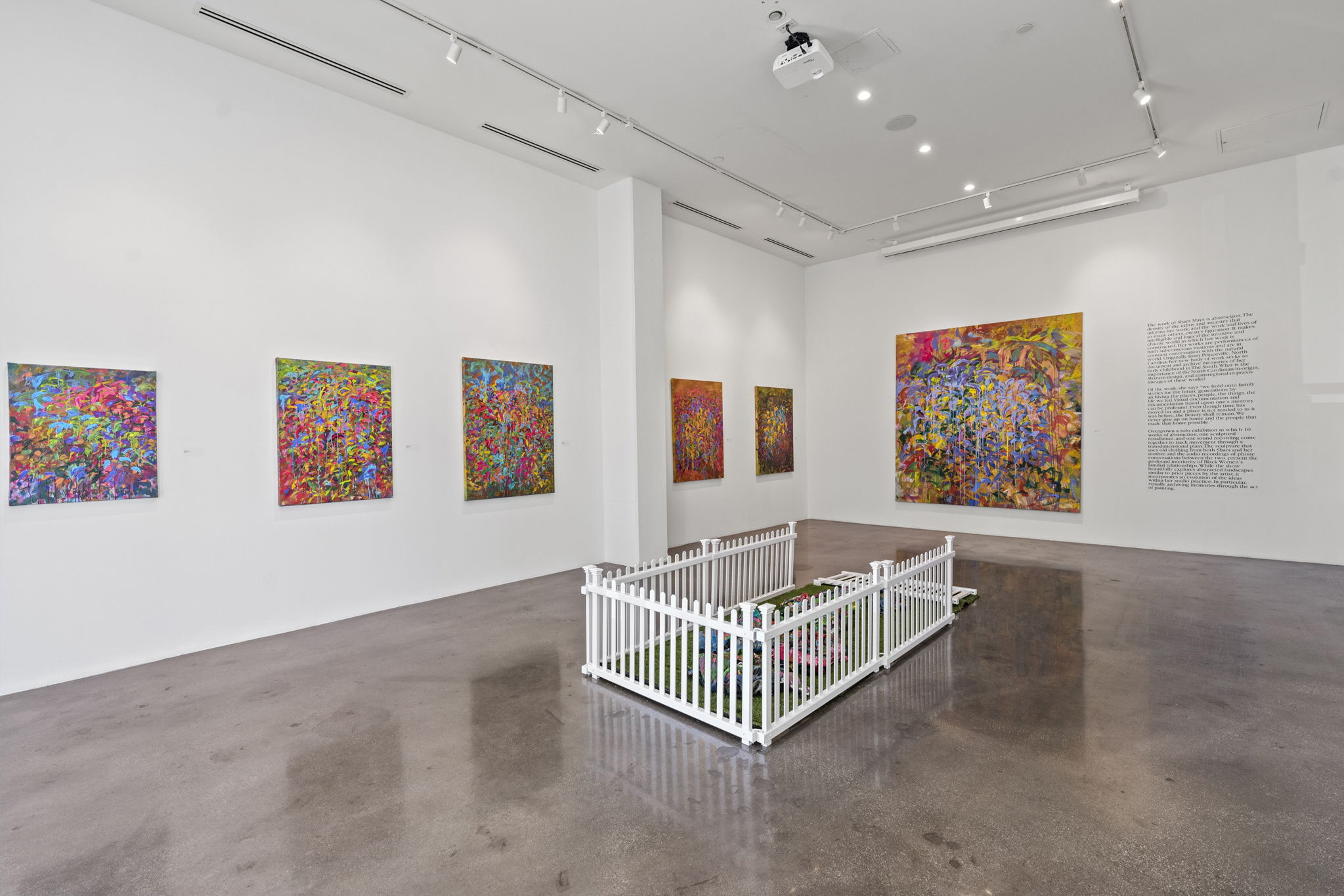
11:Eleven Gallery
10 Florida Ave., NW
Owner Nicola Charles grew up in London, and her DC gallery has an international perspective.
Art of Noize
821 Upshur St., NW (second floor rear)
Since 2017, it’s been a gathering spot for DC’s creative community, offering not just a gallery but also studio and event space.
Homme Gallery
2000 L St., NW; 52 O St., NW
Run by DC native Amir Browder, it supports emerging and underground photographers, clothing designers, and visual artists.
Mehari Sequar Gallery
1402 H St., NE
Owner Sequar emphasizes representation, with most exhibitions featuring female artists of the African diaspora.
Photograph courtesy of Smithsonian American Art Museum.
Photograph courtesy of Estate of David C. Driskell.
Photograph courtesy of Smithsonian American Art Museum.
Photograph courtesy of Jameela K. Donaldson.
Photograph courtesy of National Gallery of Art.
Photograph courtesy of National Gallery of Art.
Photograph of Adrian Ferguson courtesy of artist.
Photograph of Maurice James Jr. courtesy of artist.
Photograph of Asantewa Boakyewa courtesy of artist.
Photograph of Adrienne Gaither by Mariah Miranda.
Photograph of Maleke Glee by Beverly Price.
Photograph of Larry W. Cook courtesy of artist.
This article appears in the June 2023 issue of Washingtonian.

